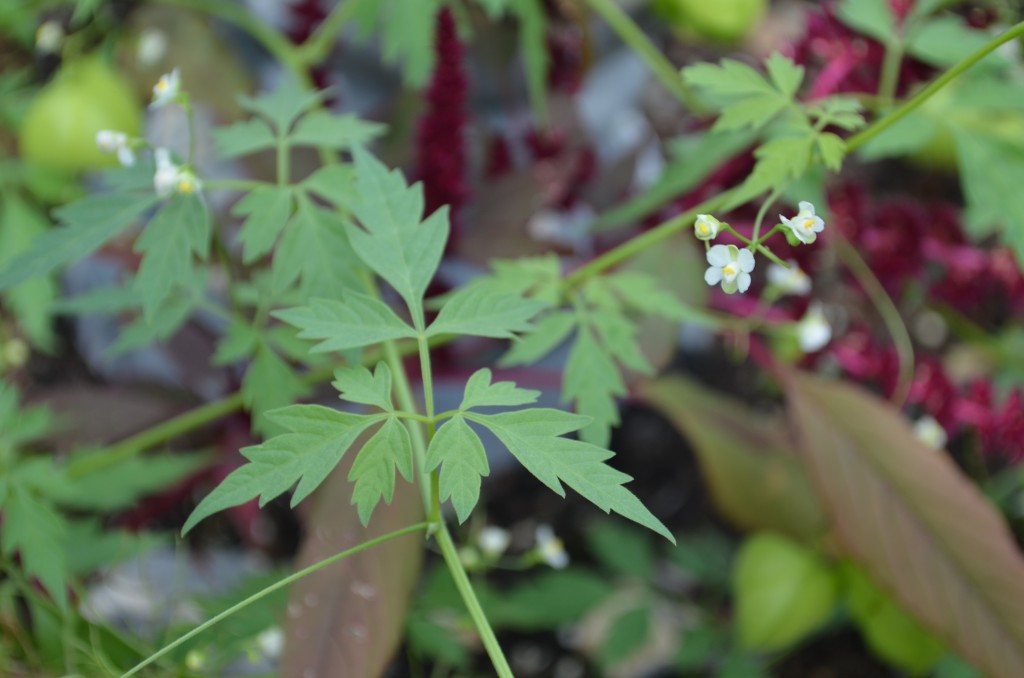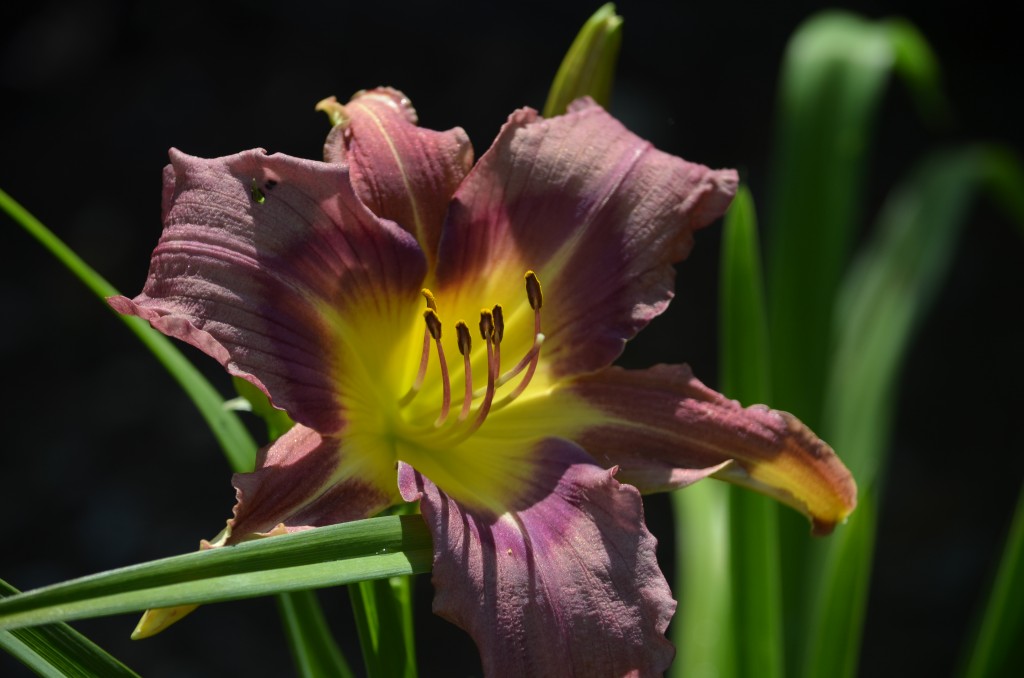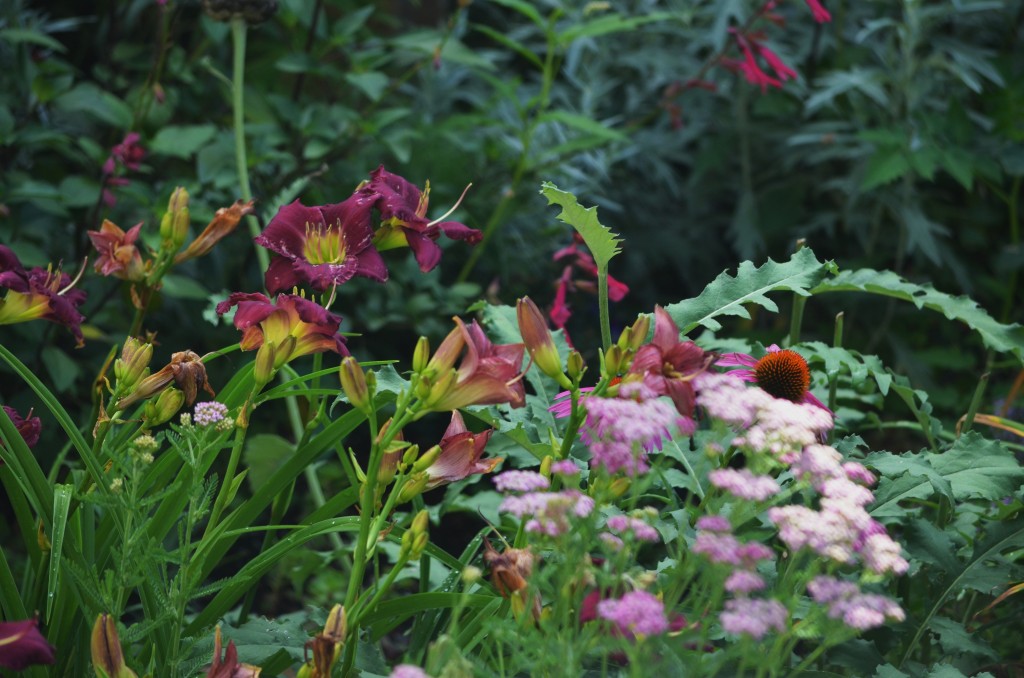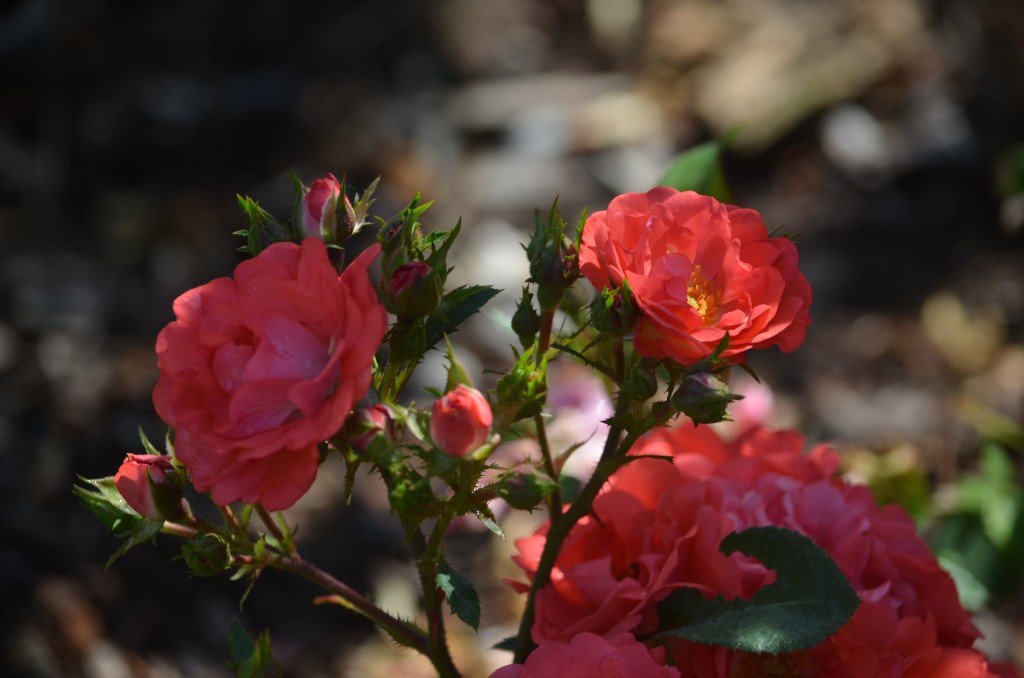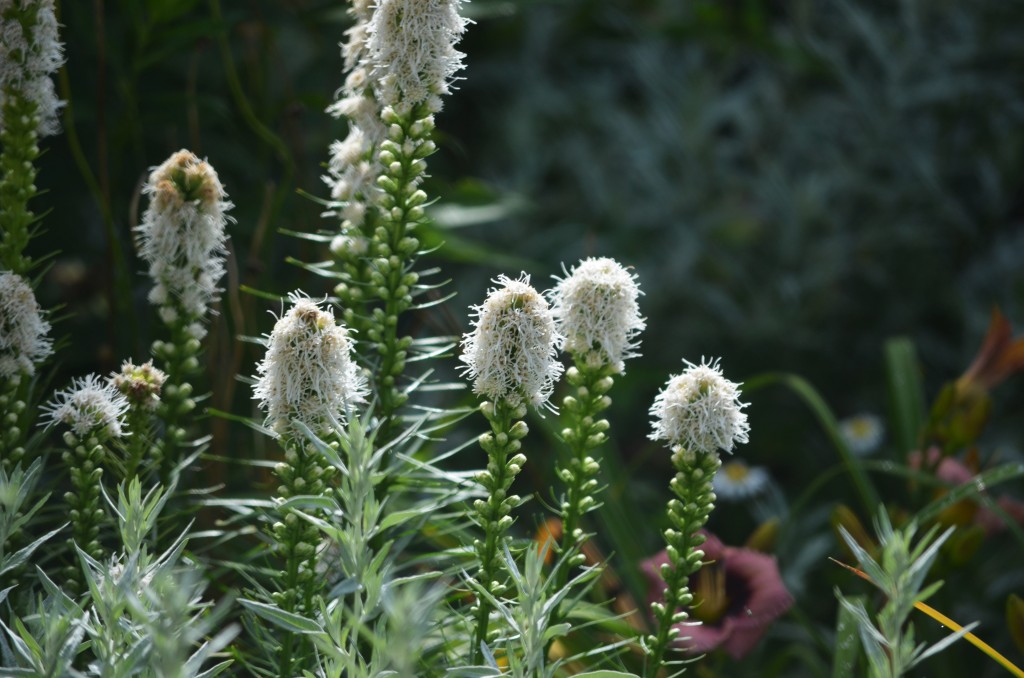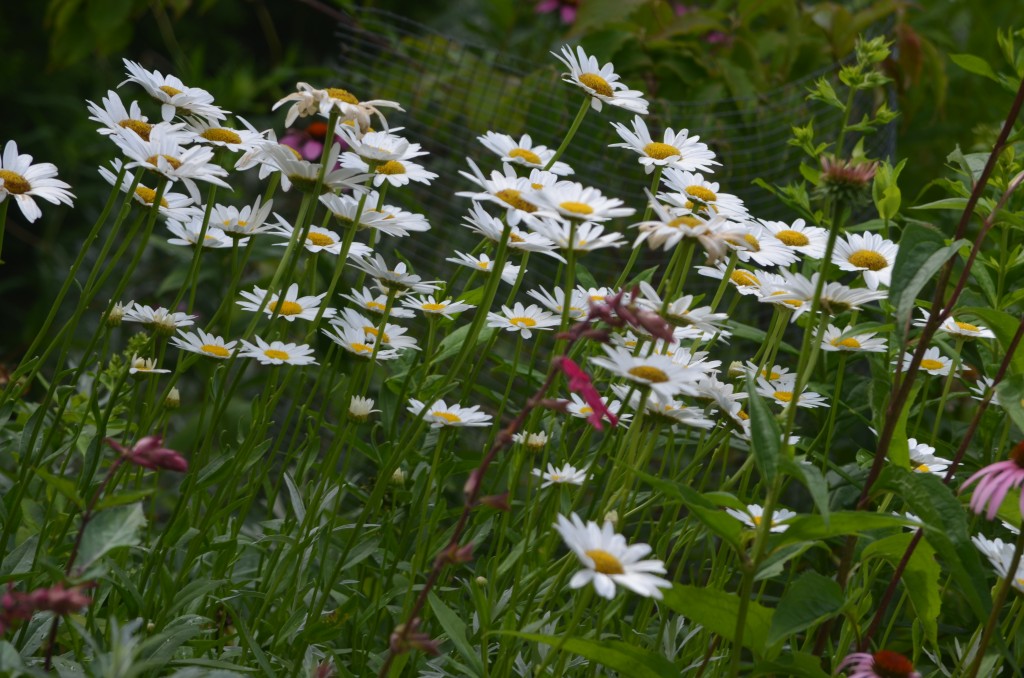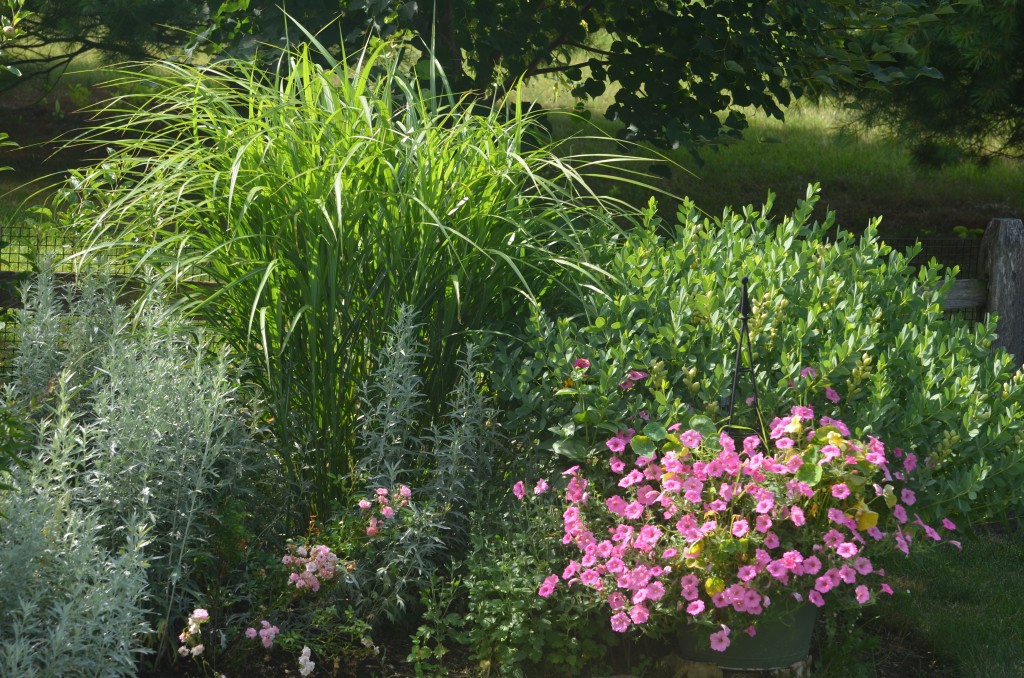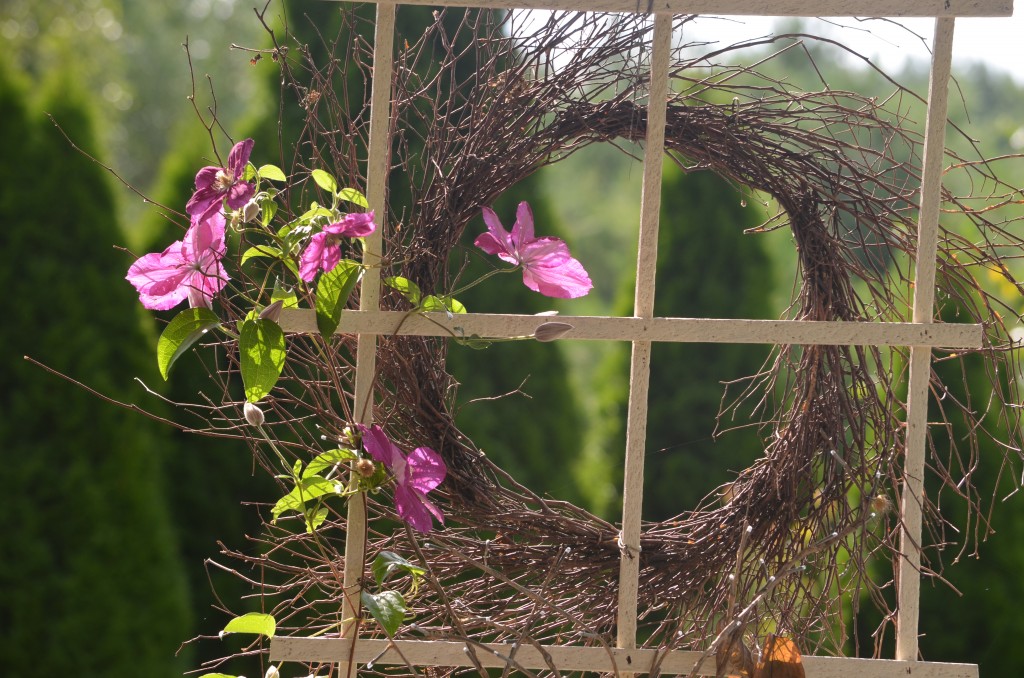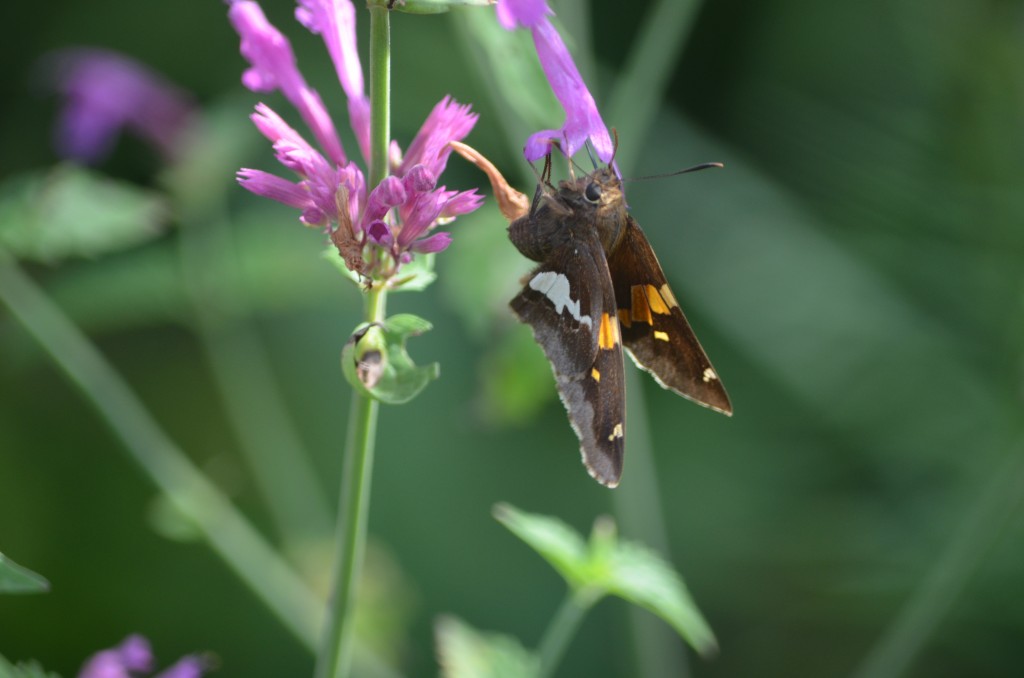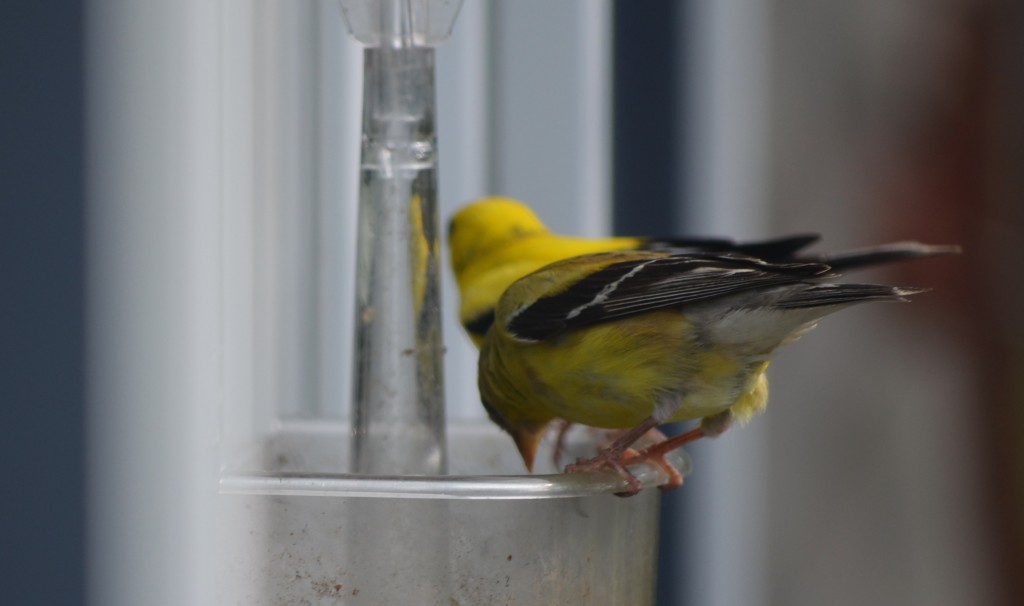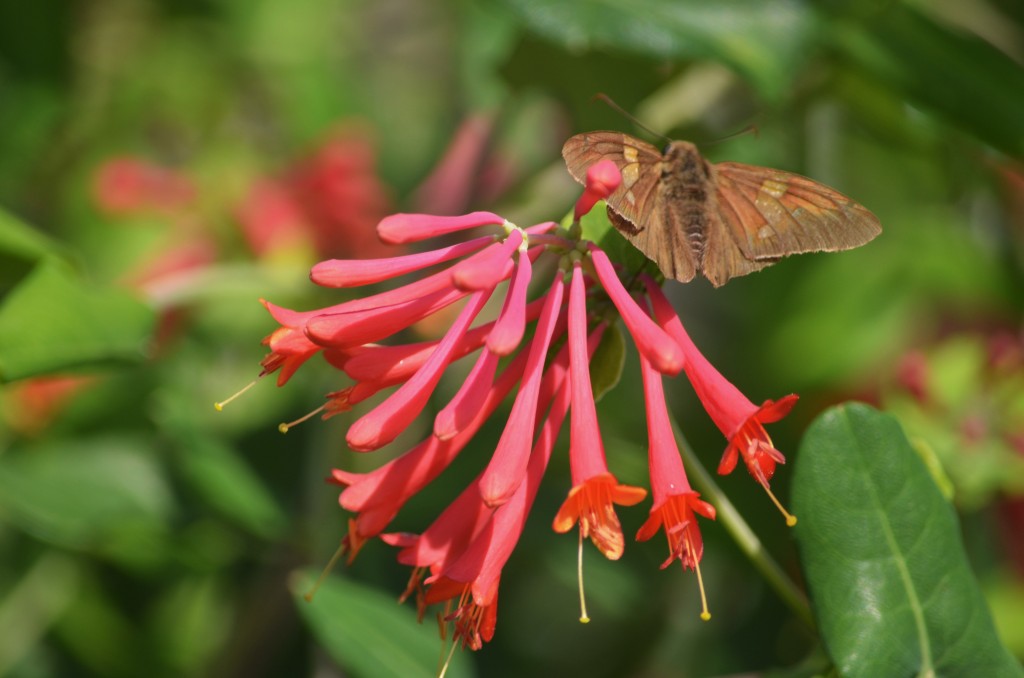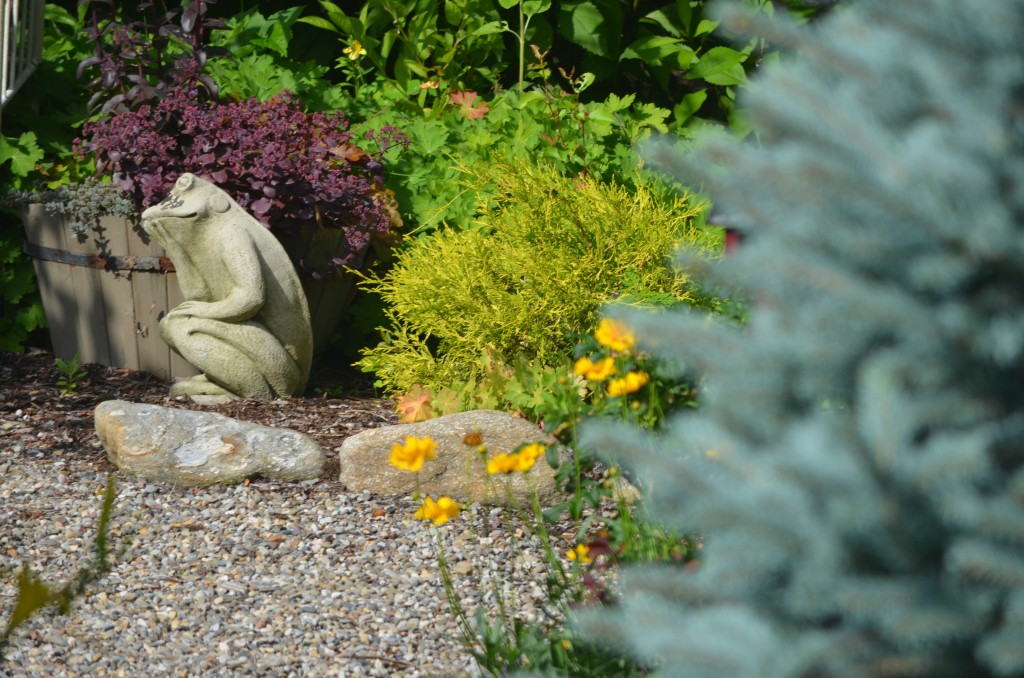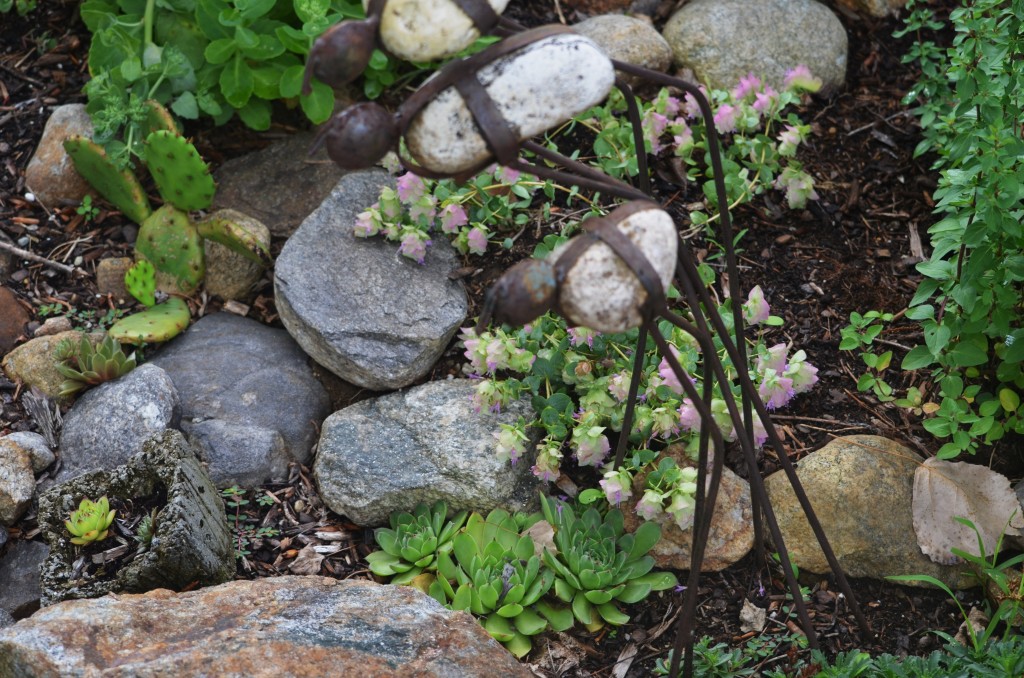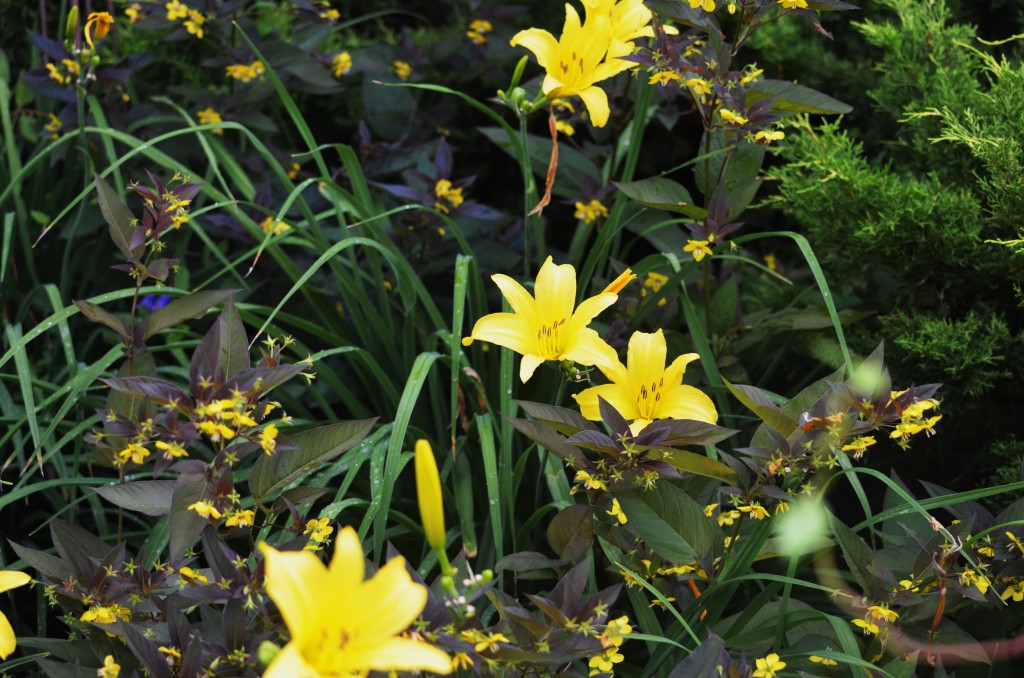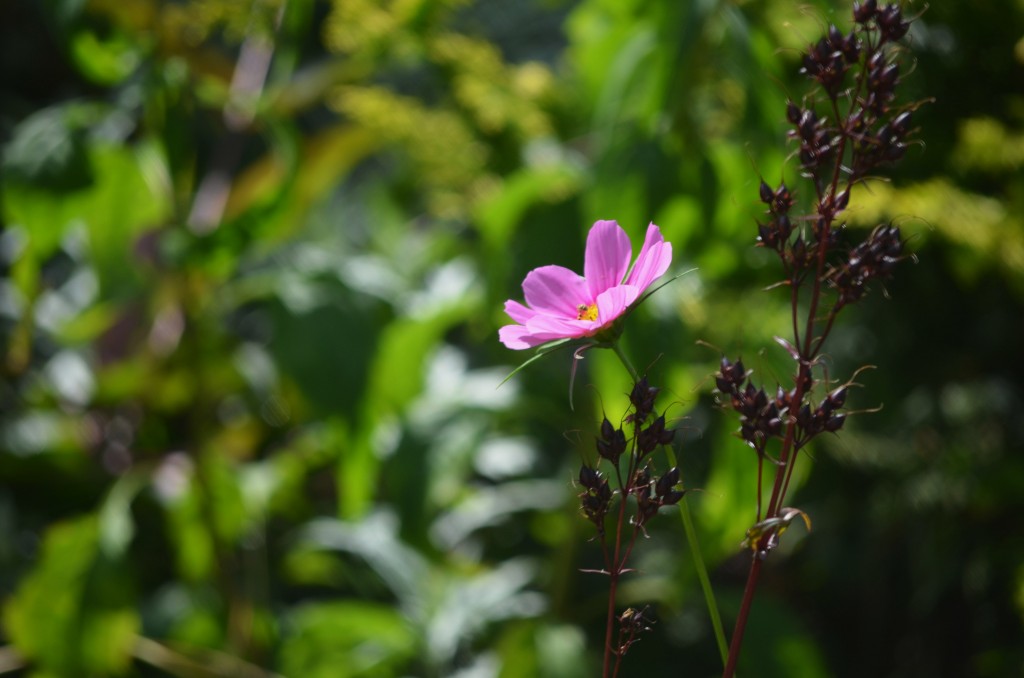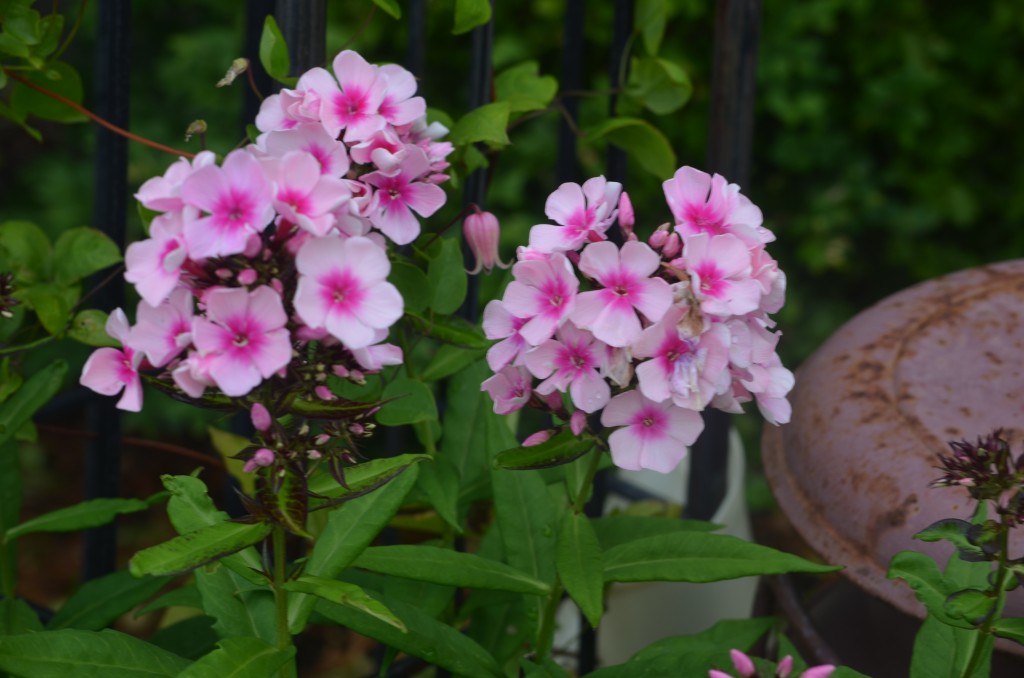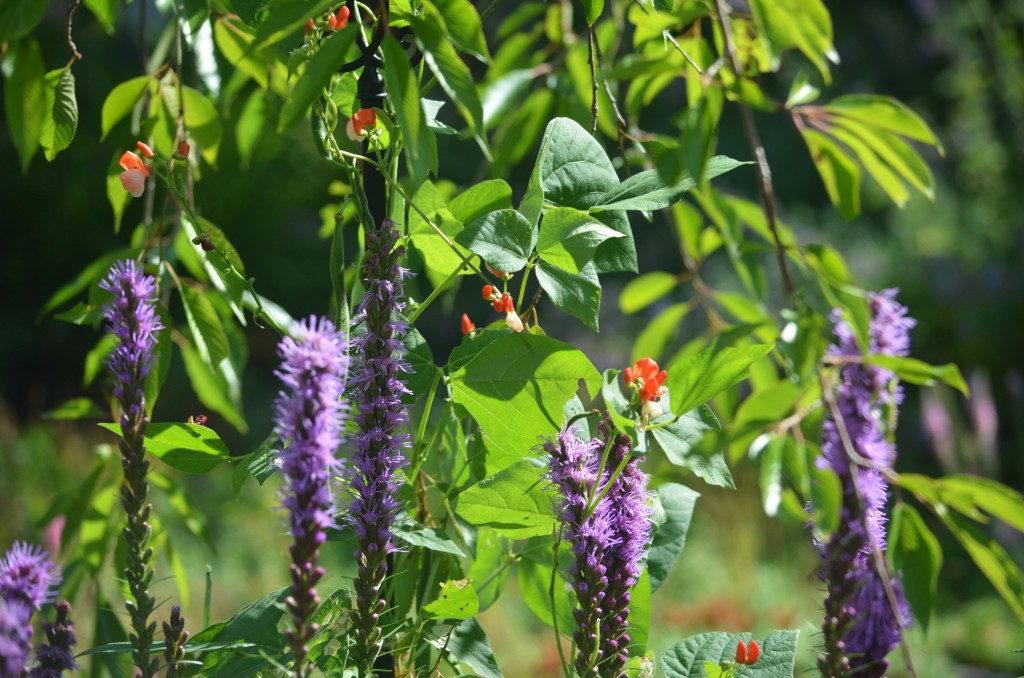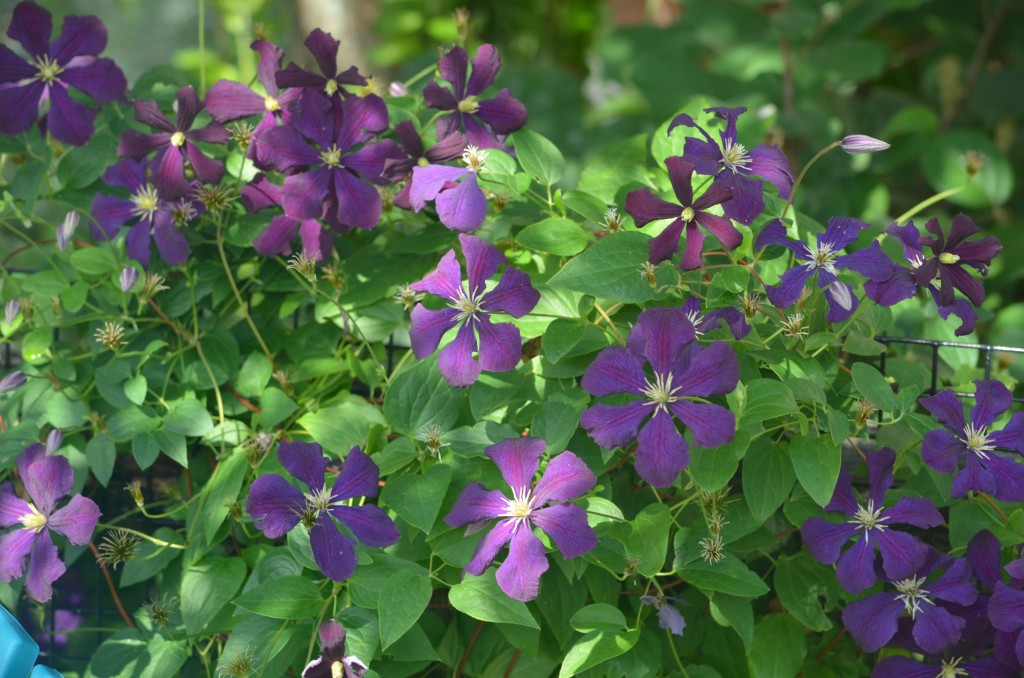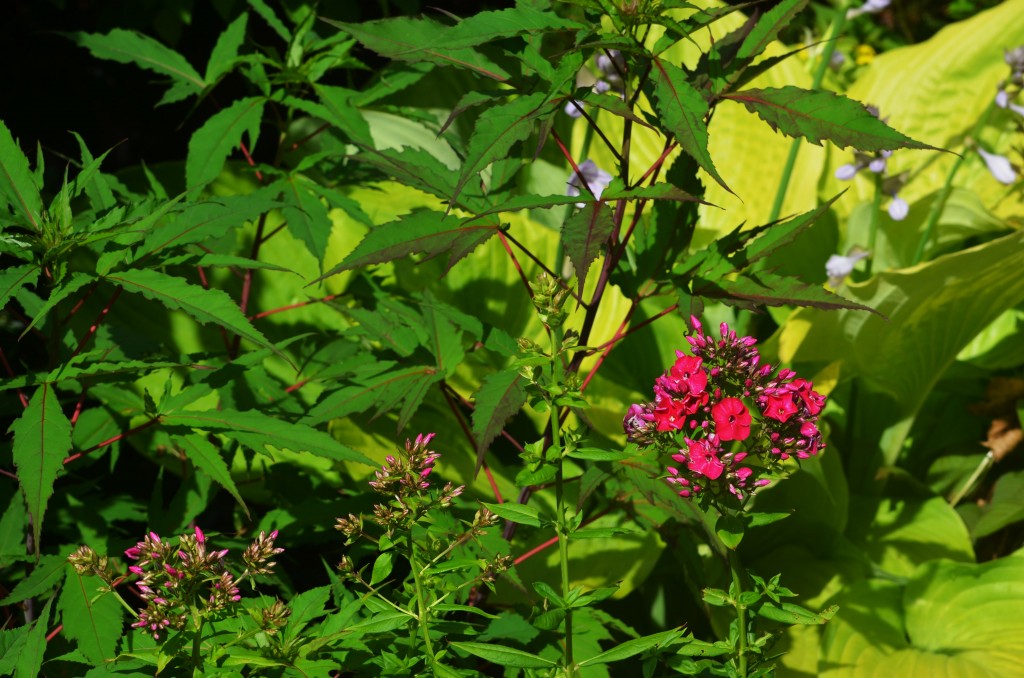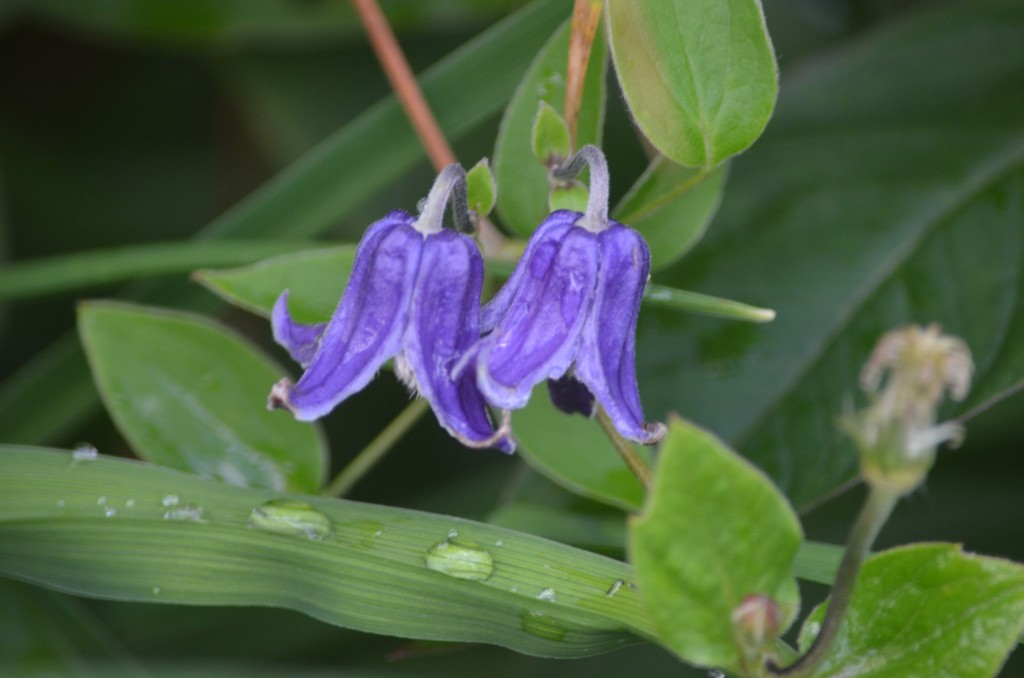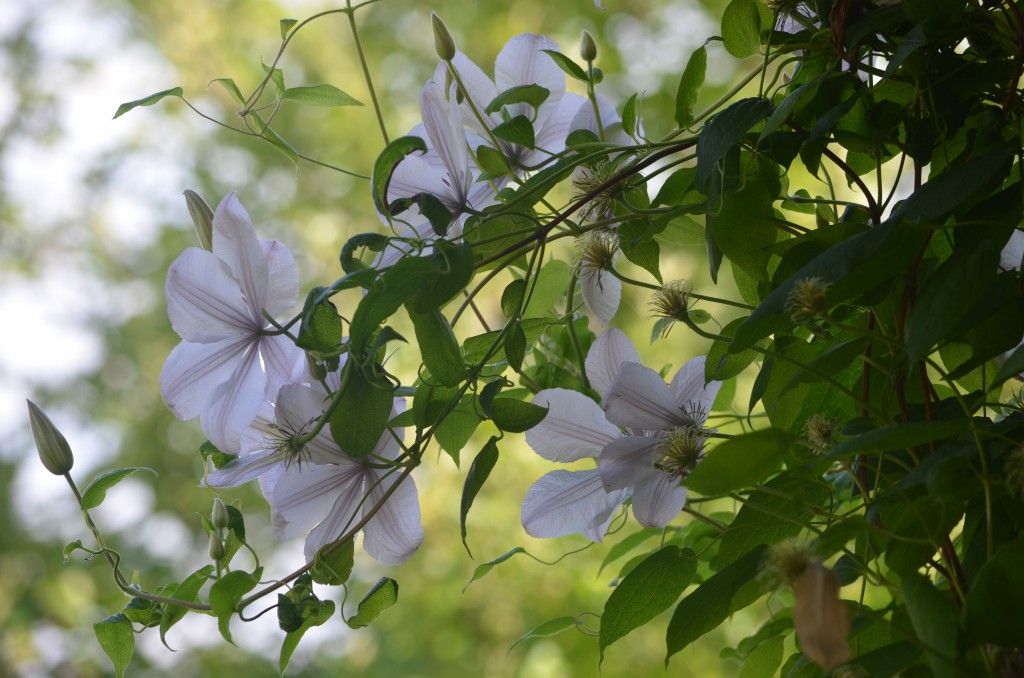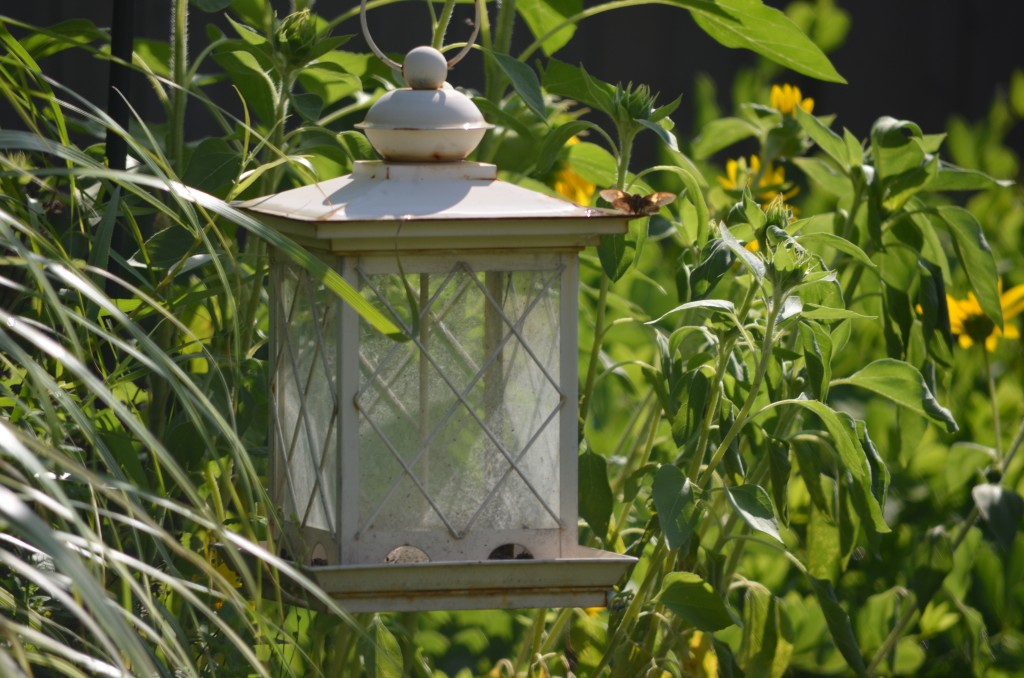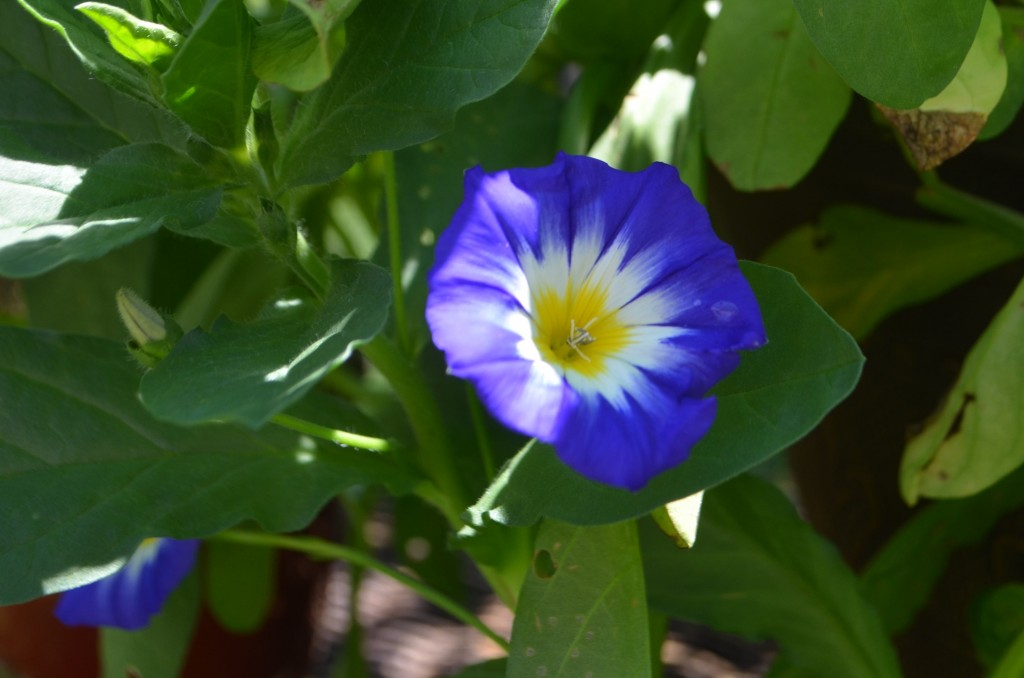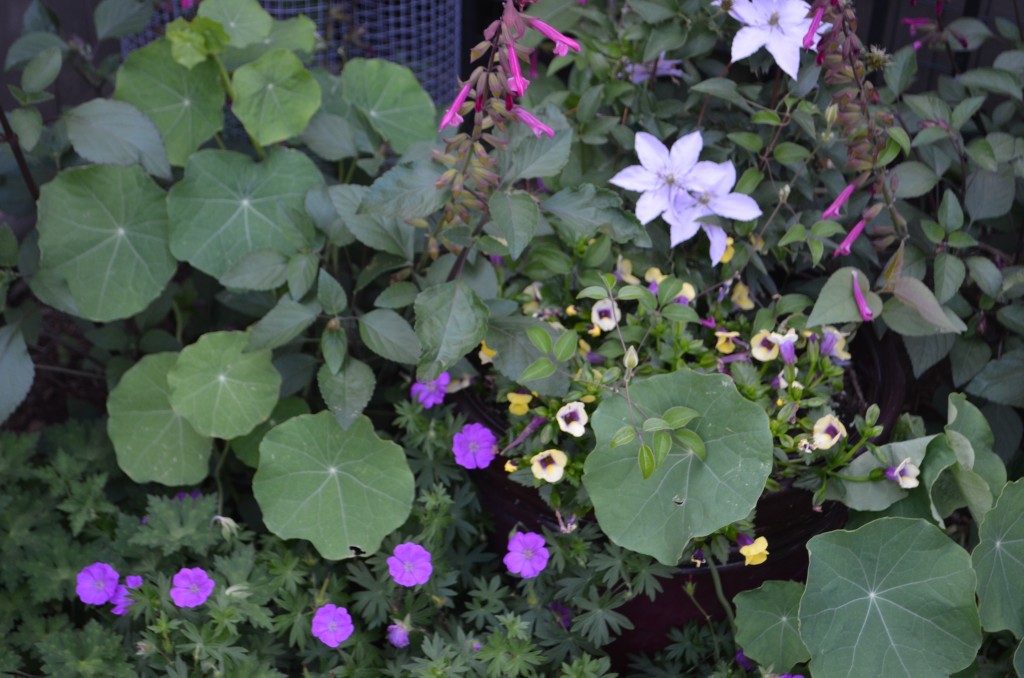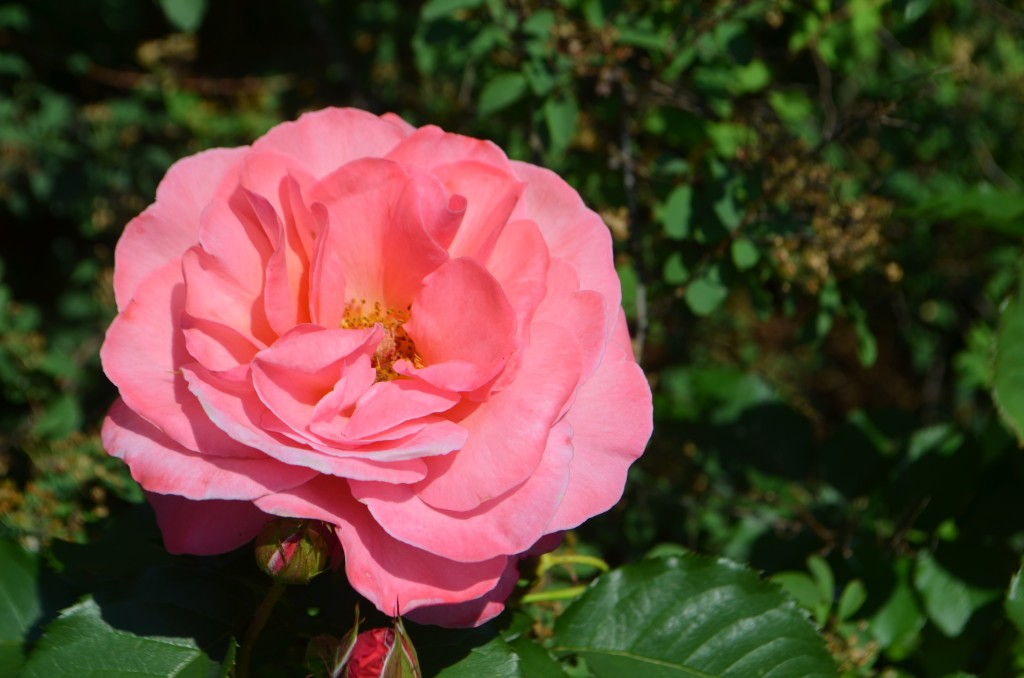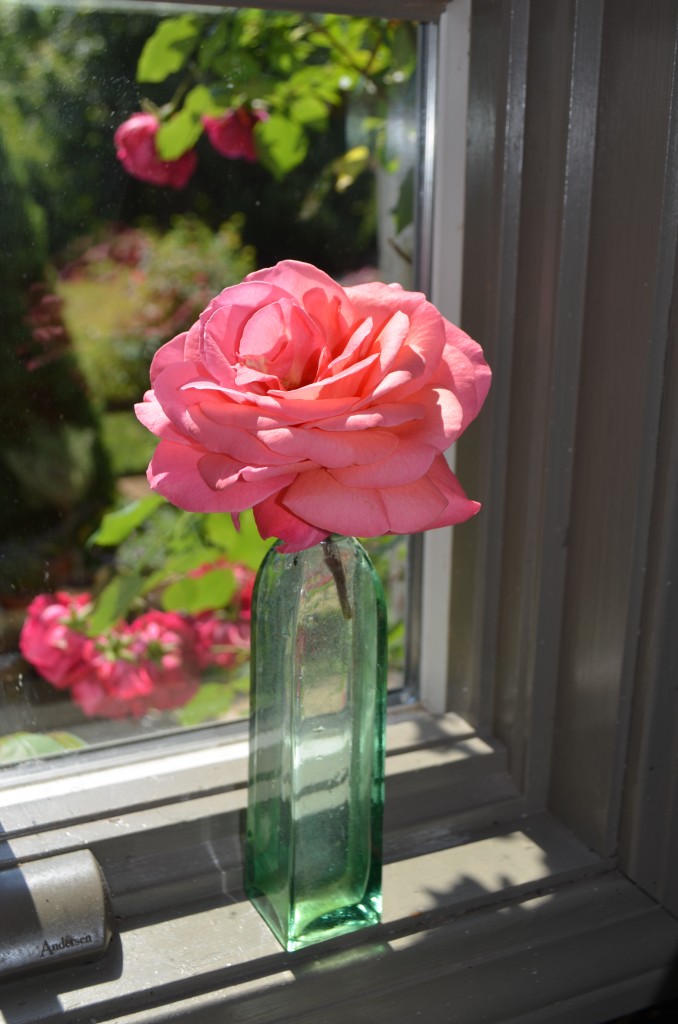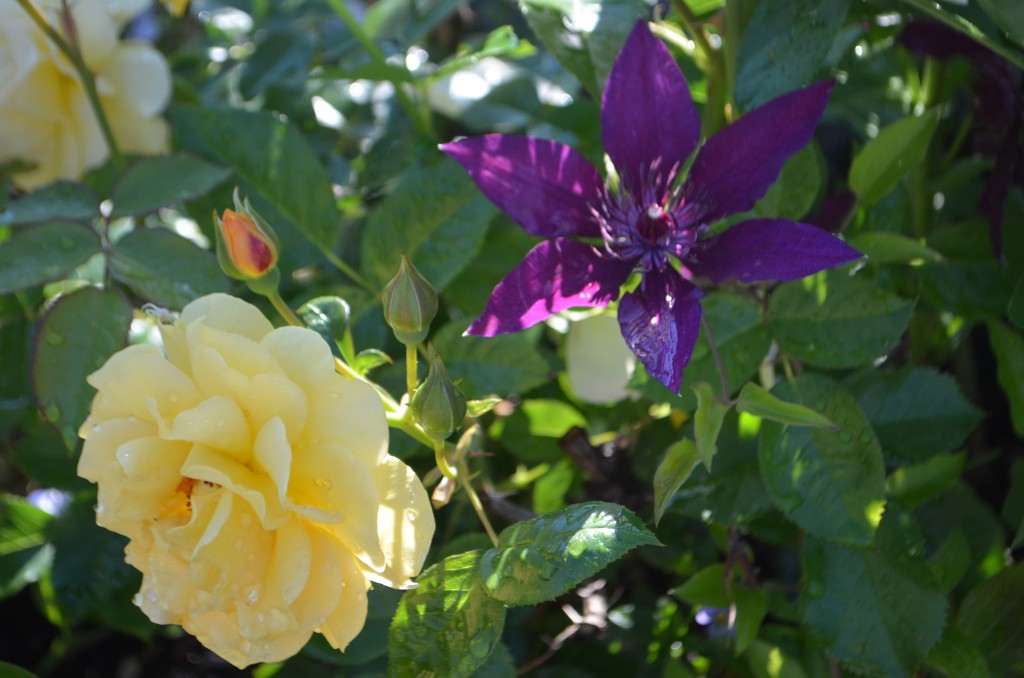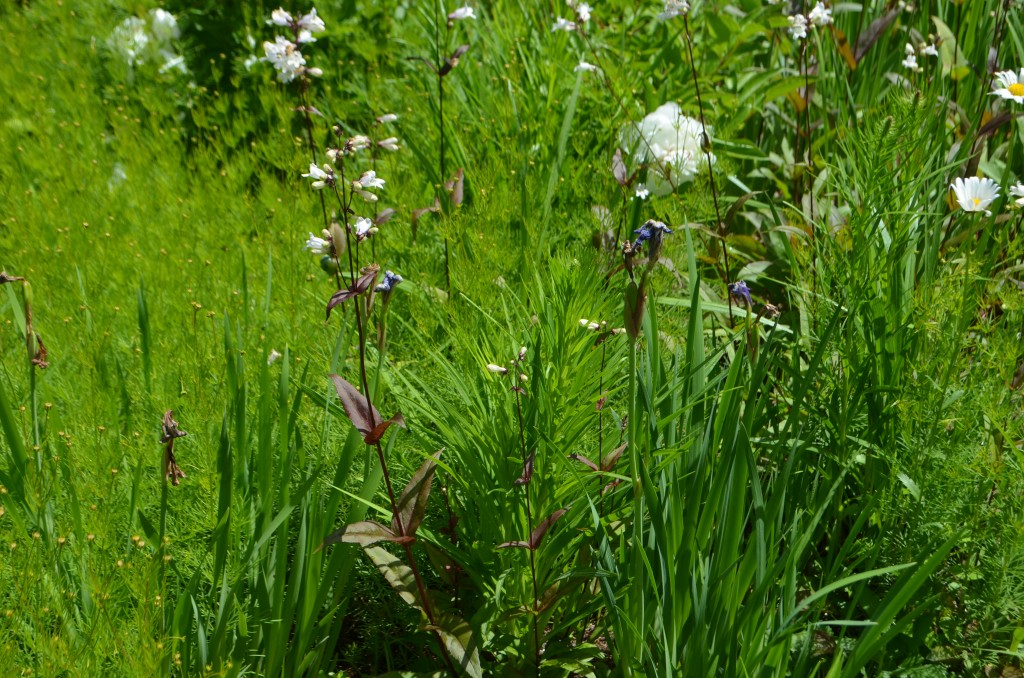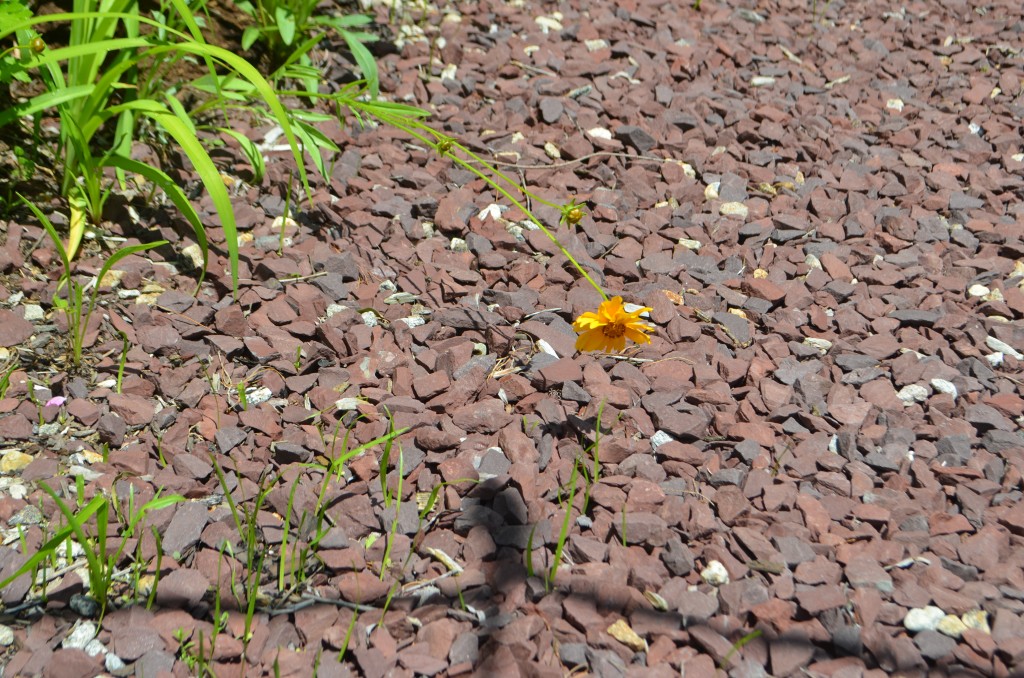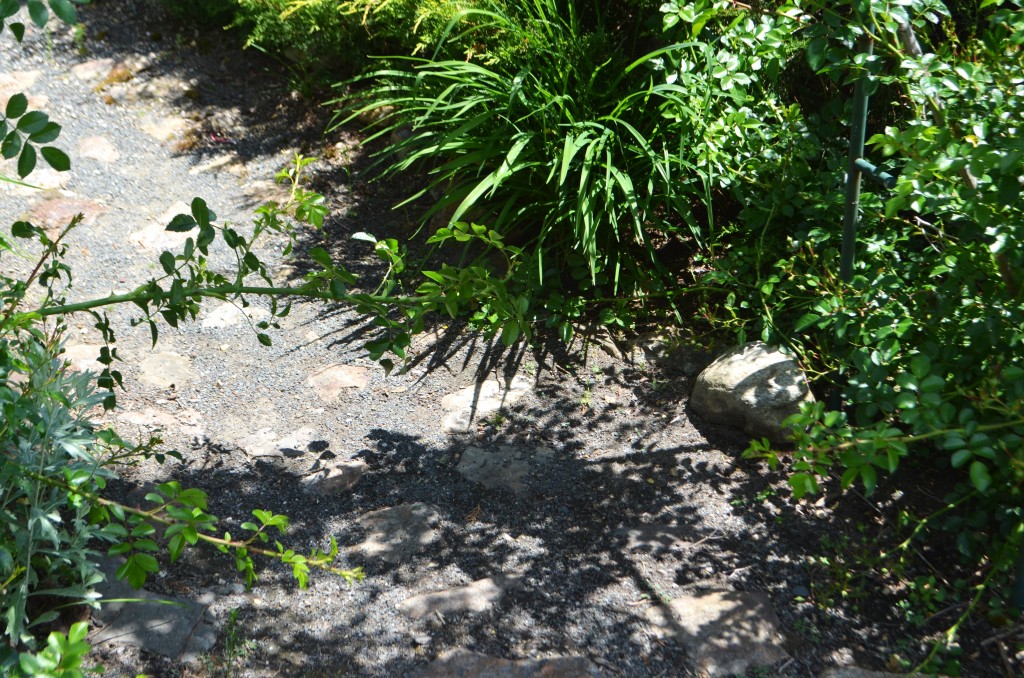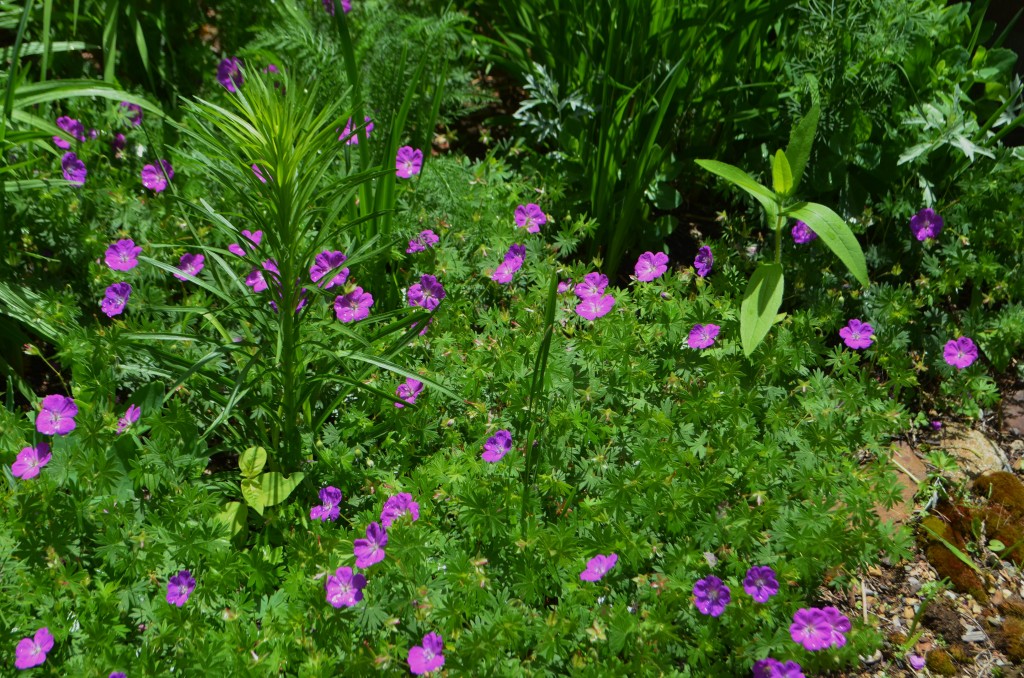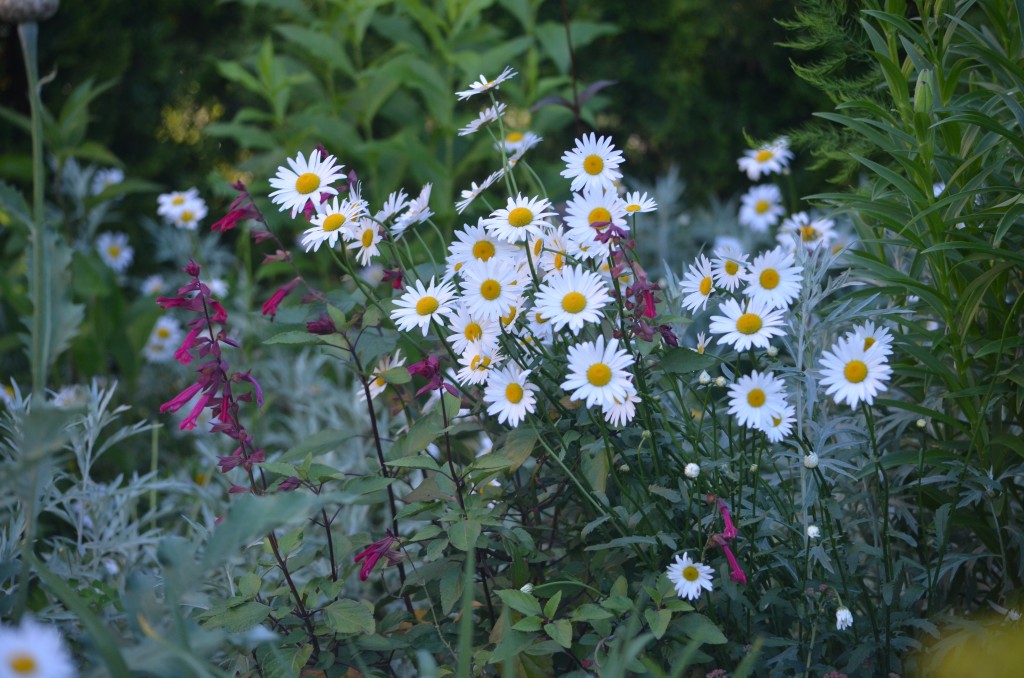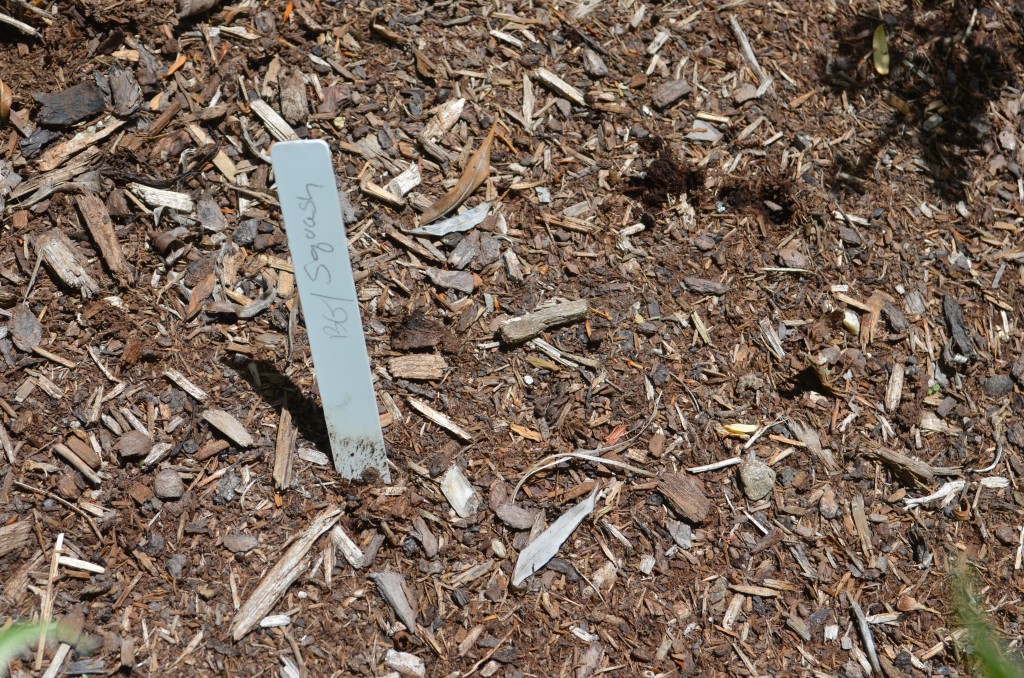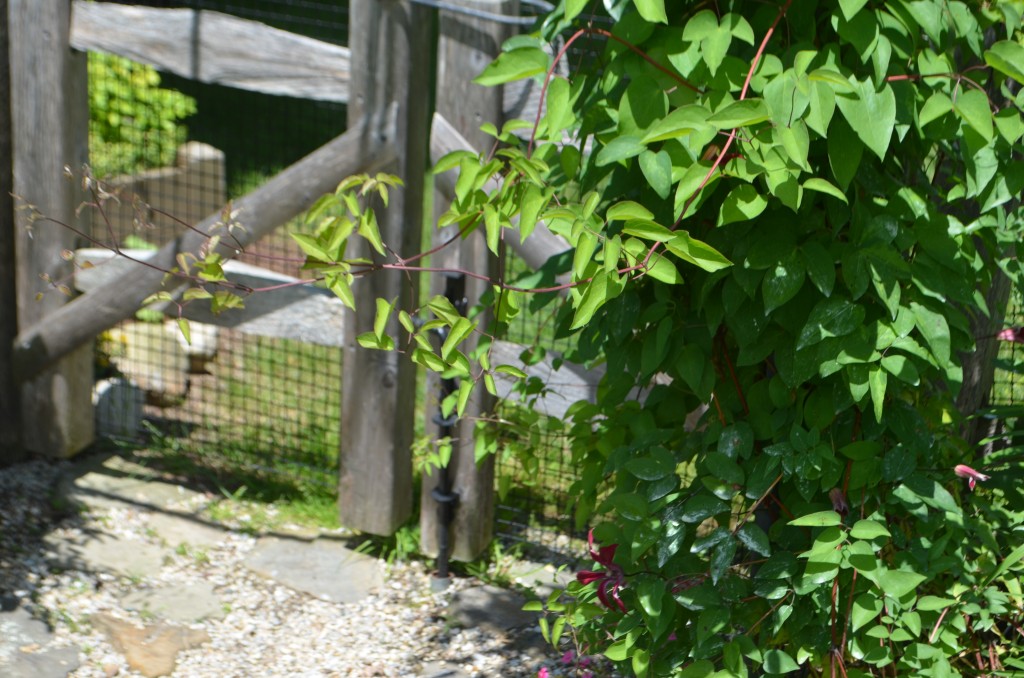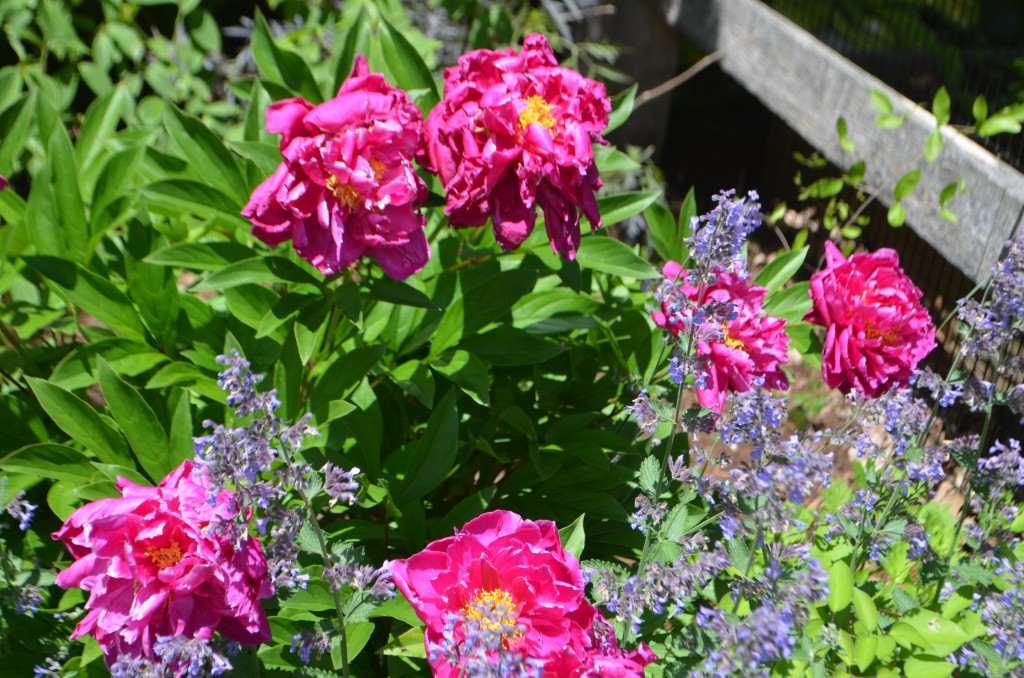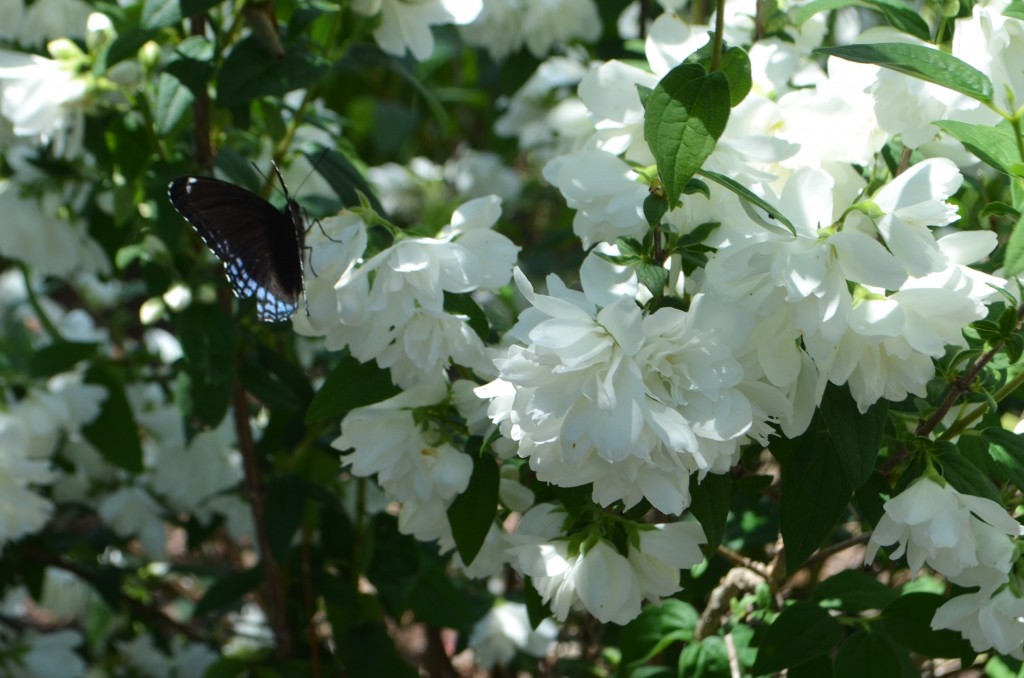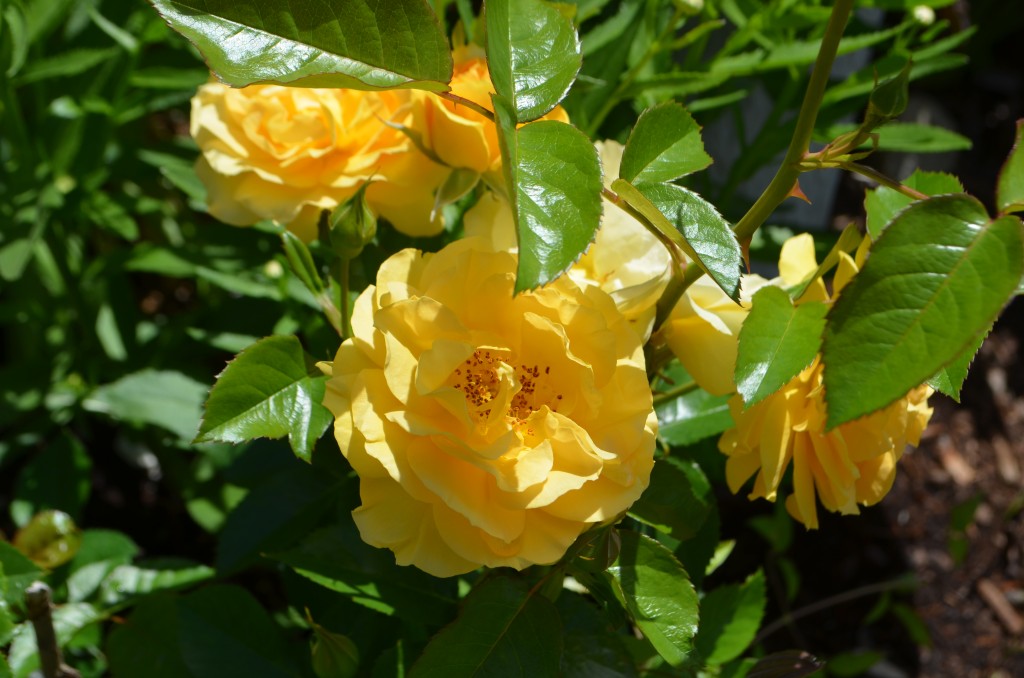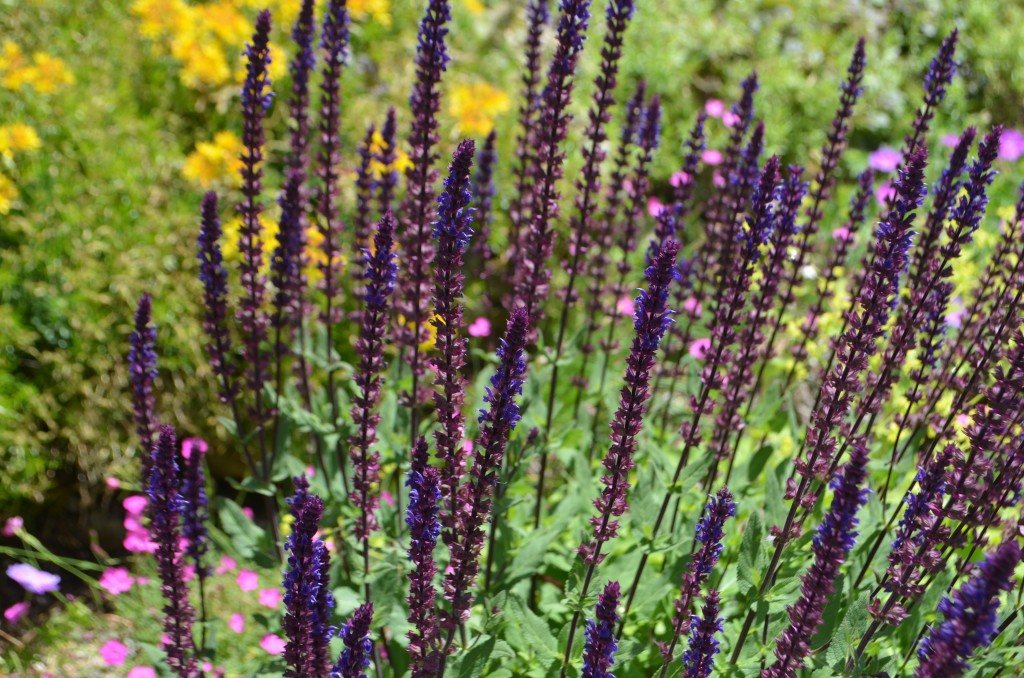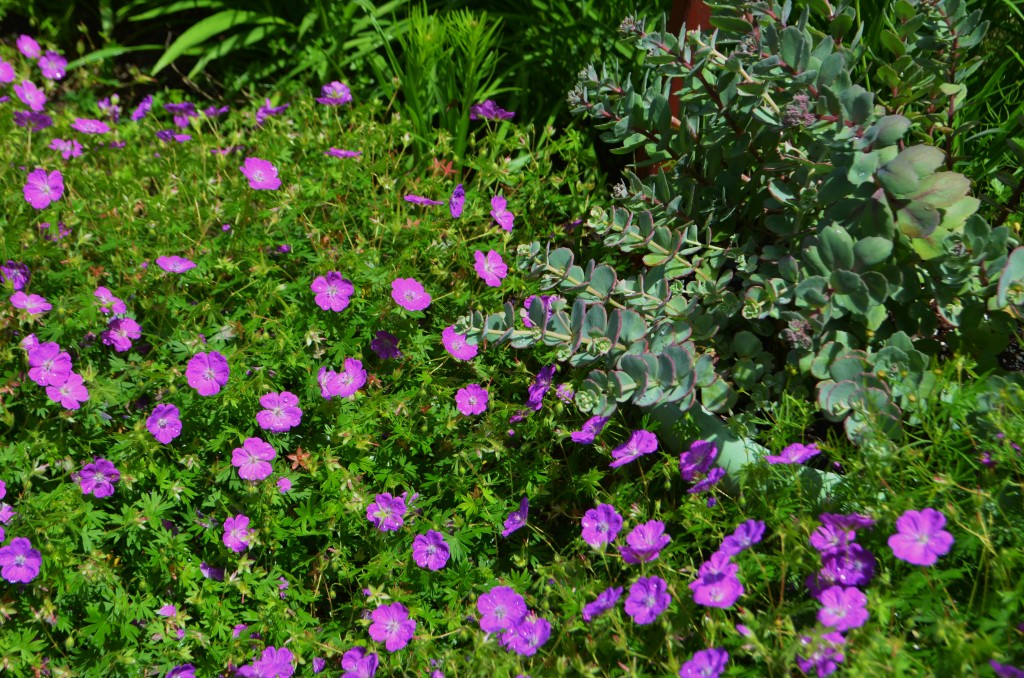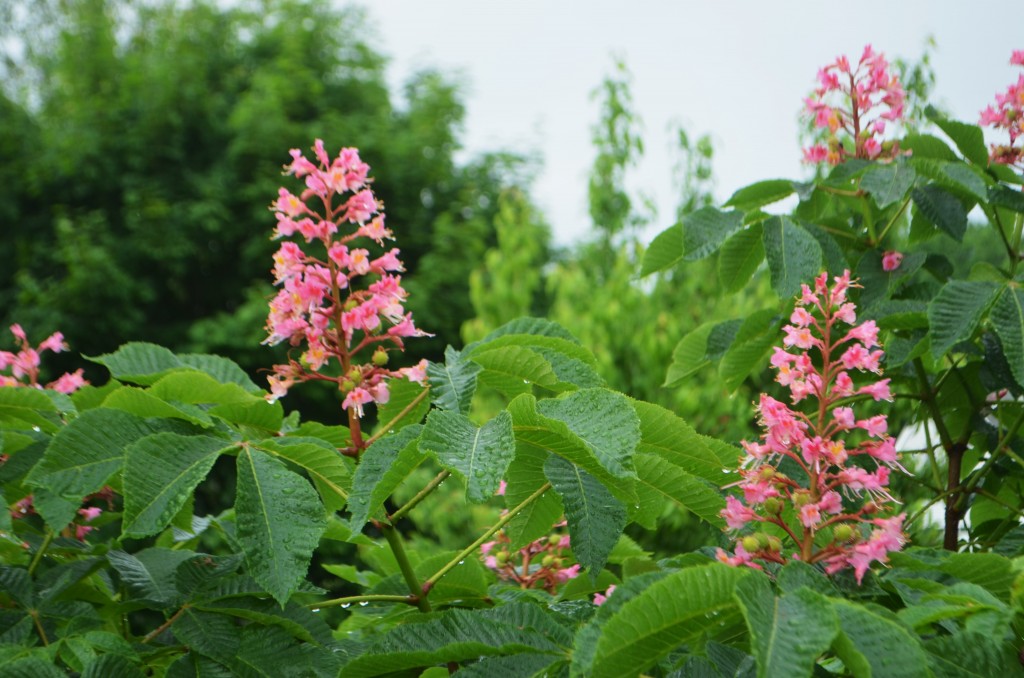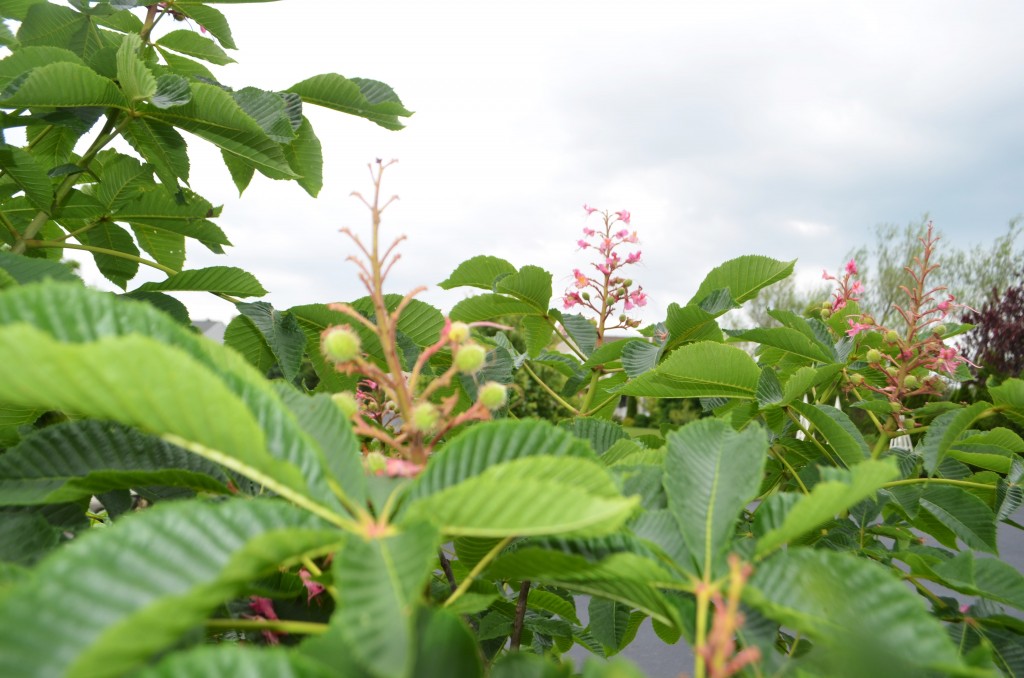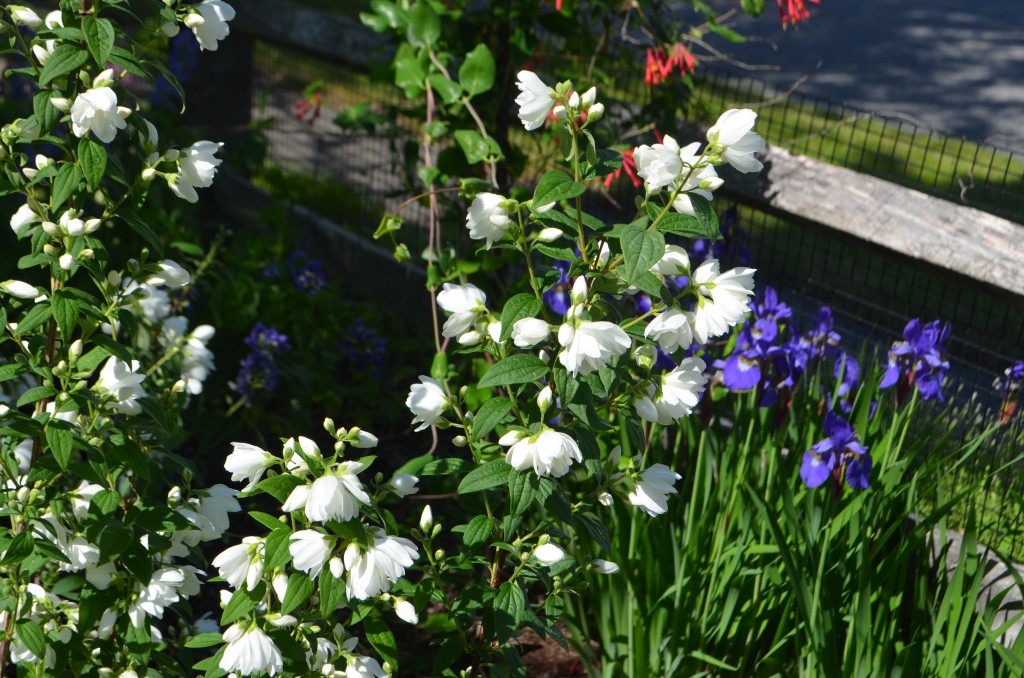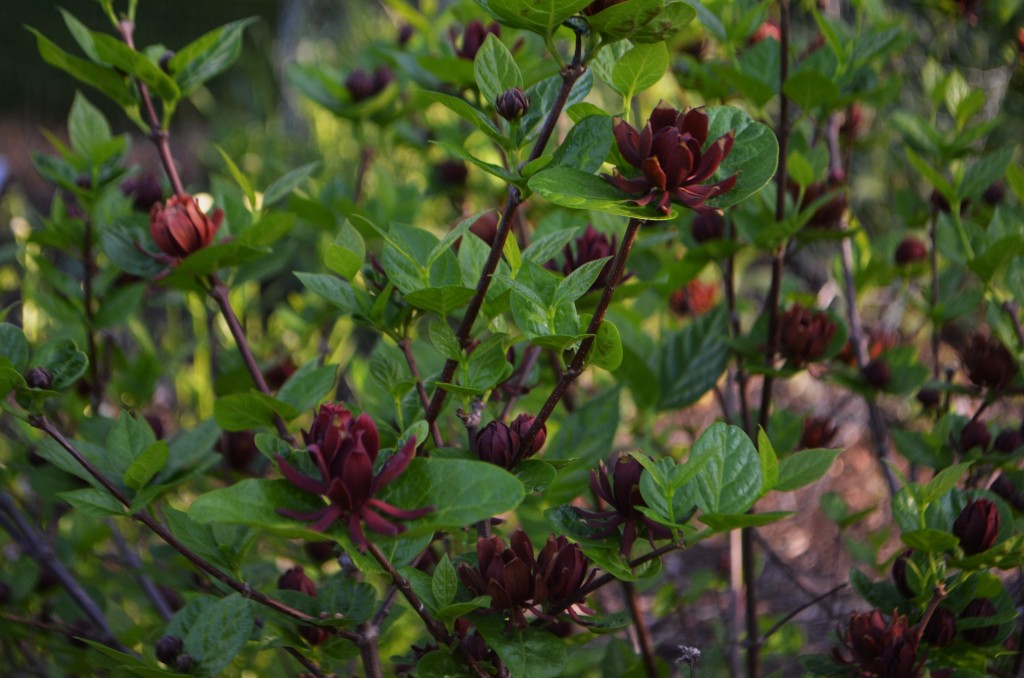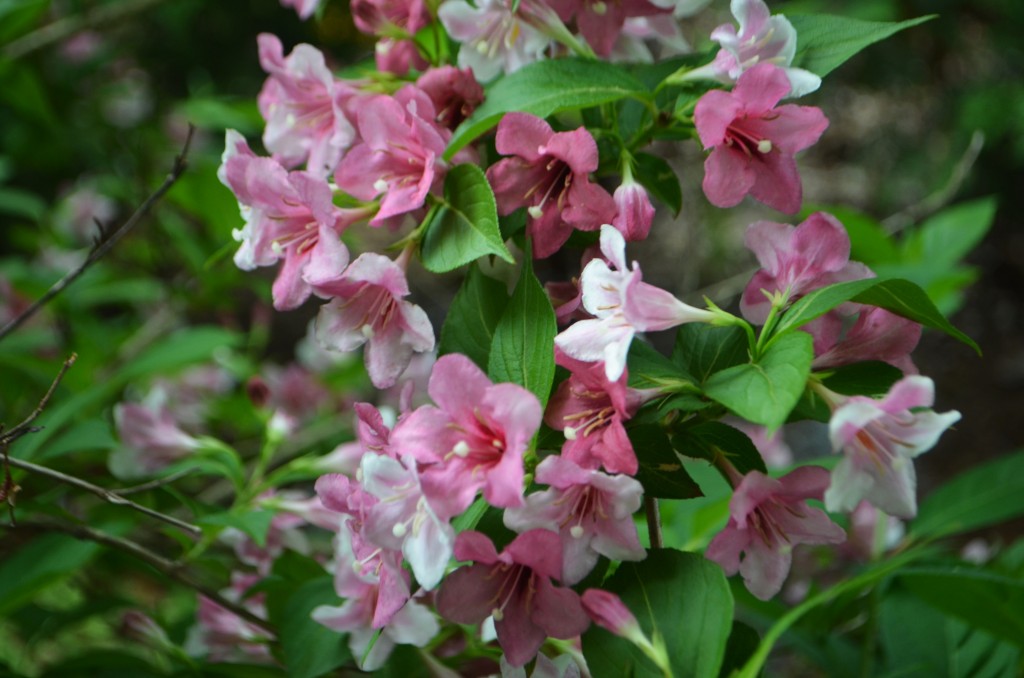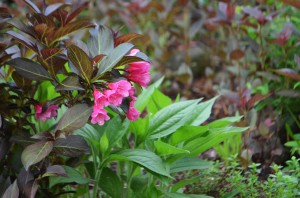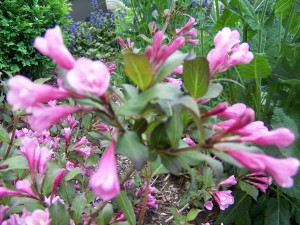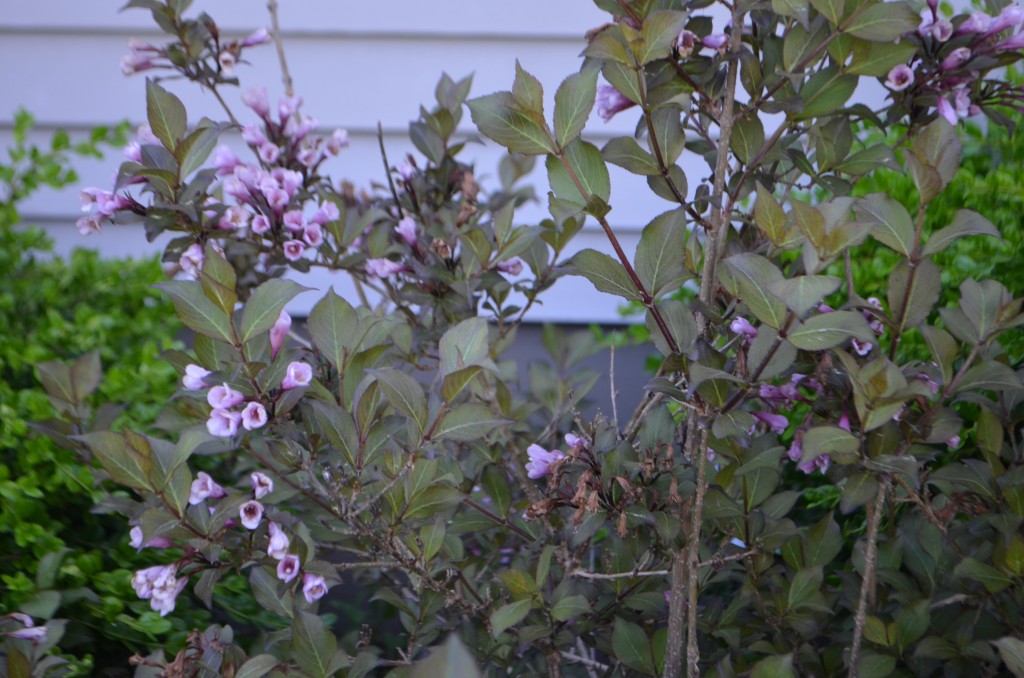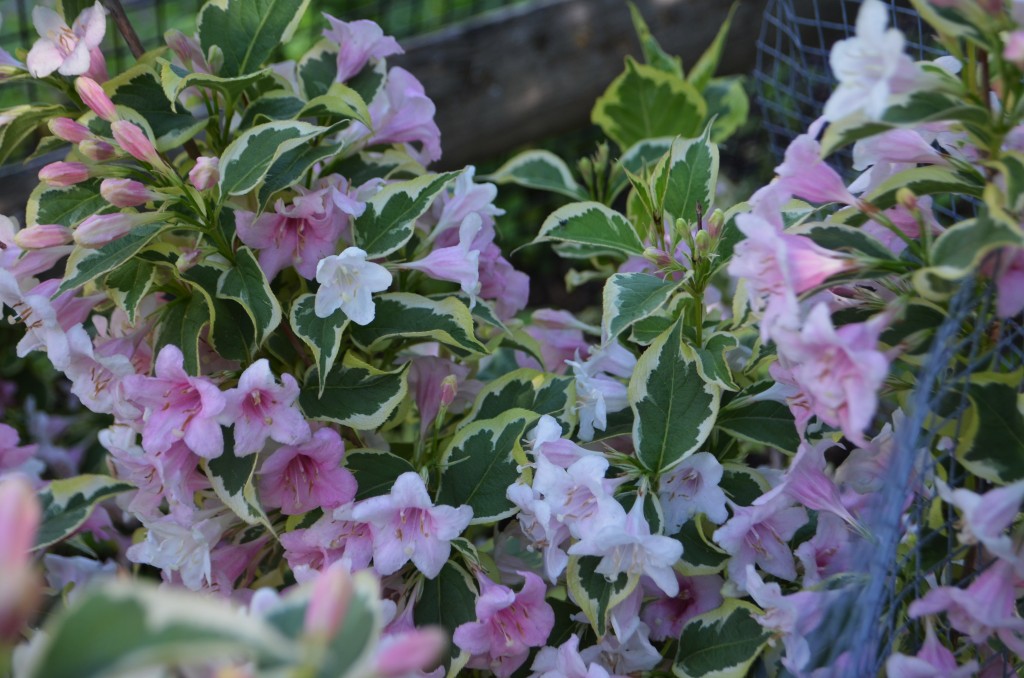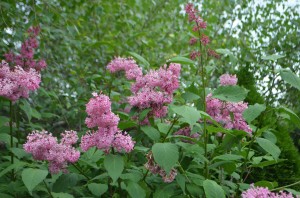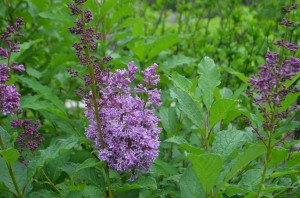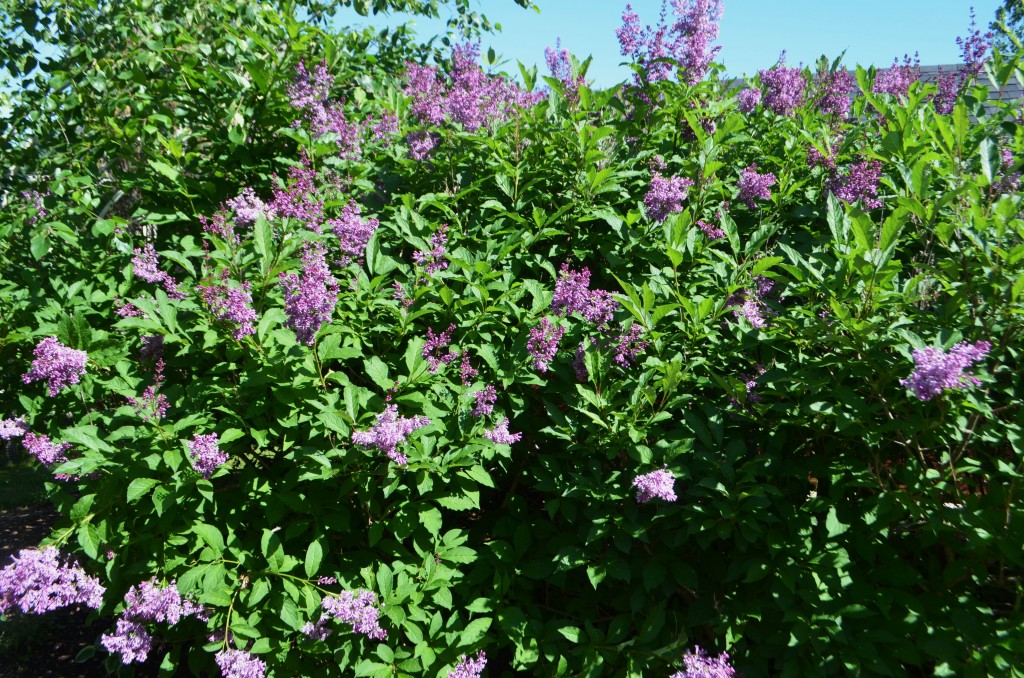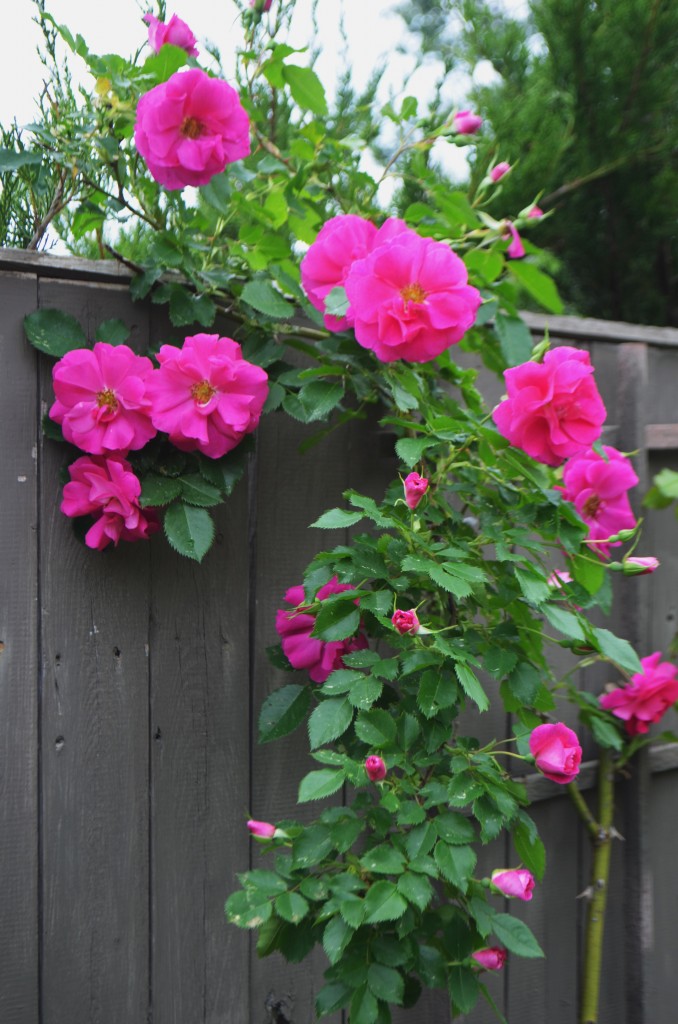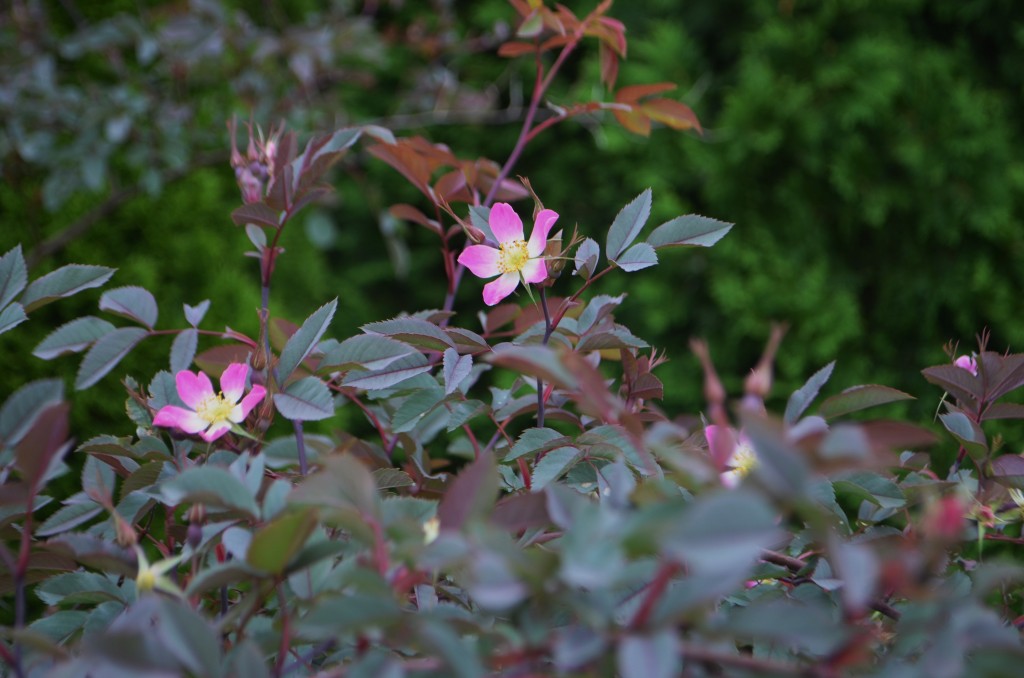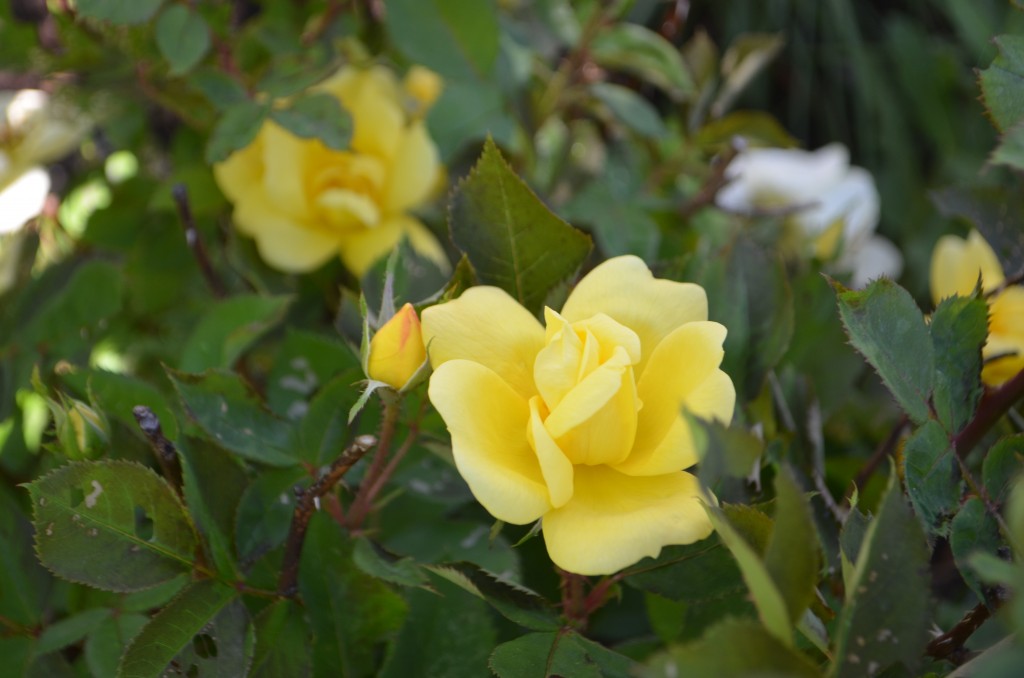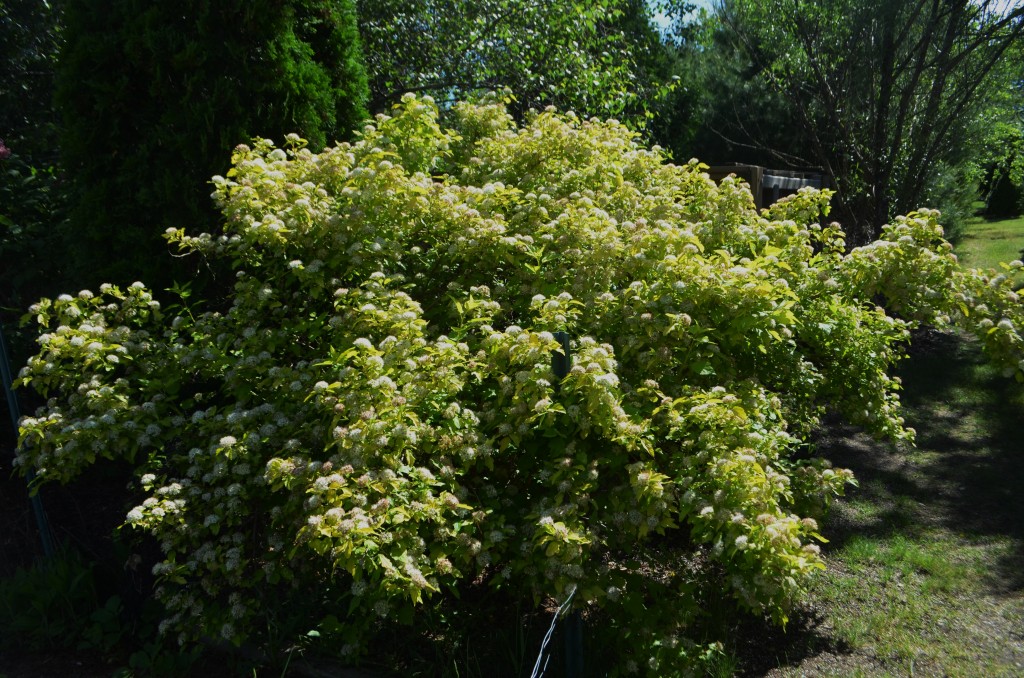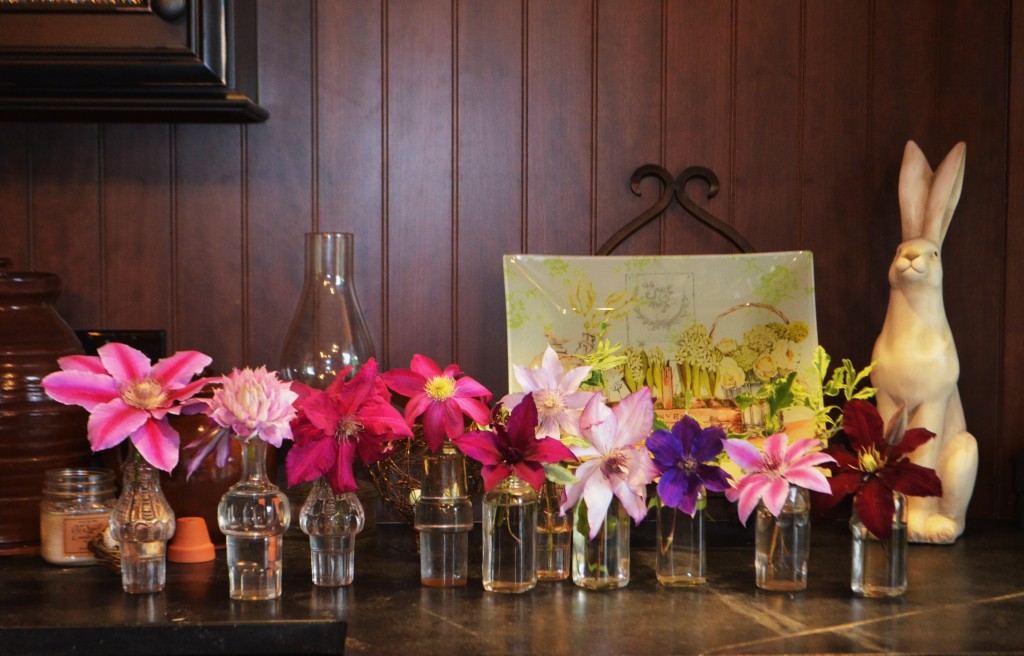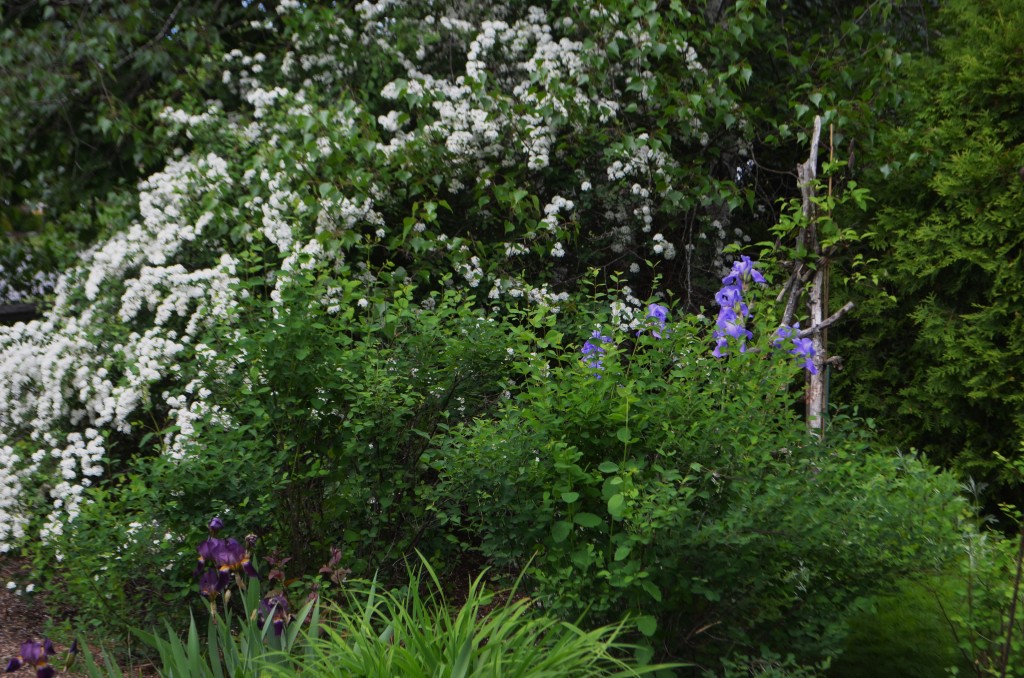A random comment on someones Facebook page this morning got me to thinking about how much garden knowledge swimming in my brain I take for granted that the whole world knows. The post was a photo of a butterfly on what was described as “late lilacs” and I know for a fact the poster knew full well what she was referring to was a particular variety of lilac that blooms late in the season, but the person who commented took it to mean that like many plants here in the Northeast the lilac was “blooming late” because of the long winter.
That lead me to the notion that I should write a little about the many differences between plants that all share the same name.
First off , in a little trip down botanical latin lane, a plant gets it’s name from a combination of first; its genus name, then it’s species name, then if applicable it’s cultivar name. ( Let me be clear that is an oversimplification as there are more names that can get added on but this is meant to be a quick lesson to clarify a specific point)
So for instance, the lilac of most peoples childhood that is the true harbinger of spring in the colder parts of the country ,and blooms light purple and spreads it heady fragrance around the ‘hood is syringa vulgaris or common lilac and it’s white companion is syringa vulgaris ‘Alba’ So syringa is the genus name , and all lilacs share this as their “first name” if you will, then they may have different species names and/or different cultivar names.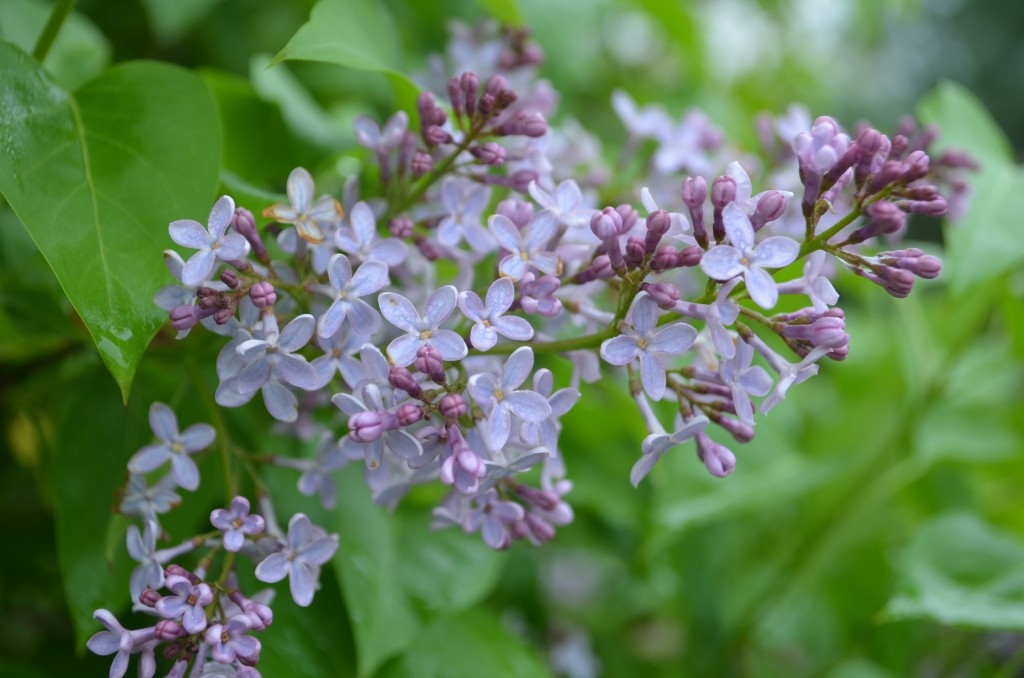
The common plant is so regular in it’s bloom time it is often used as an indicator plant to let us know figuratively where the garden stands in it’s waking cycle in spring.
From there the lilac world explodes and many species, interspecific hybrids, and cultivars of species with colors that range from the white and purple we are familiar with to the darkest of the dark purples, pinks, mauves, some with yellowish tints and even one that sports flowers that are white and purple together. These all bloom at various times and are usually classified as early , mid-season and late with regard to when they flower.
They all have defining characteristics that separate them from their family members, like syringa x lacinata that has finely cut leaves, or syringa’Charles Joly with its dark dramatic flower color, or ‘Sugar Plum Fairy’ that is very short and compact. If you choose carefully, and you live in Z7 or lower, you can have lilacs from late April/May to September and in can also find ones that will fit in any garden large or small.
Here in the burrow I grow a number of different lilacs that stretch my lilac season from early spring until September. Impossible! you say. But yet, true.
The earliest to bloom are the straight species, syringa vulgaris. This one and syringa vaulgaris “Alba” I use so I can pick and smell lilacs when my winter weary gardener’s body is ready for a dose of spring. Despite that ,they are definitely not may favorites because their leaves are prone to get that icky white coating called powdery mildew as the weather heats up.
Right on their coat tails appears the lovely and mysterious ‘Charles Joly’ which I love to see arranged in silver vessels, and blooming simultaneously, the bi colored ‘Sensation’.
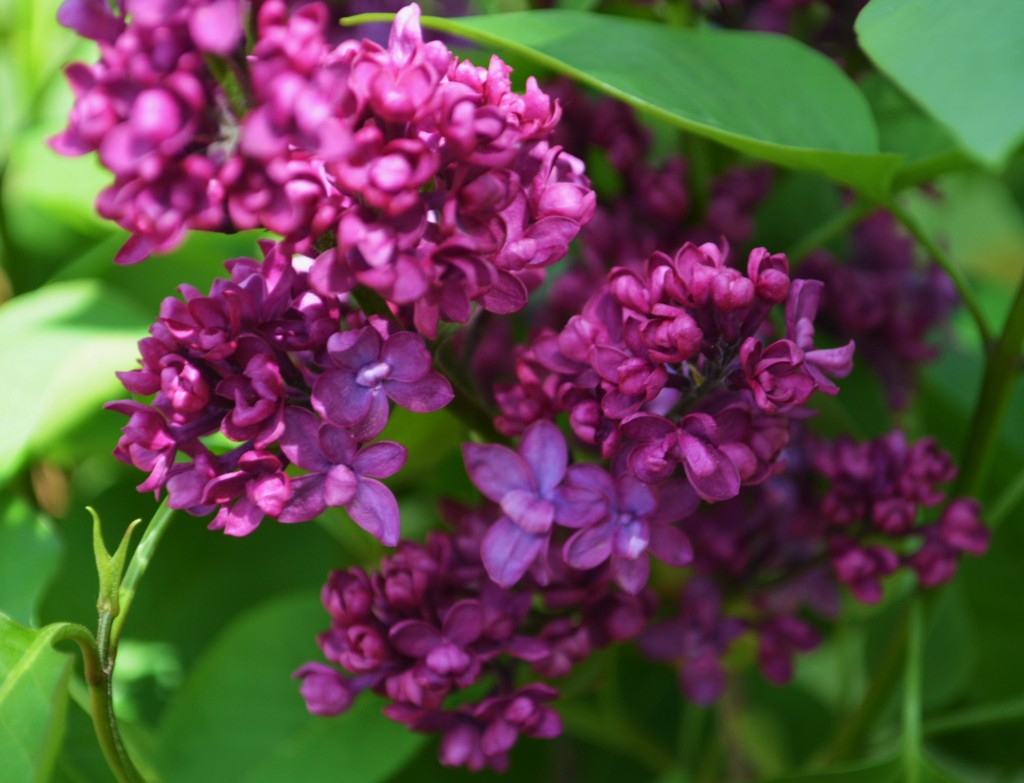
Charles Joly
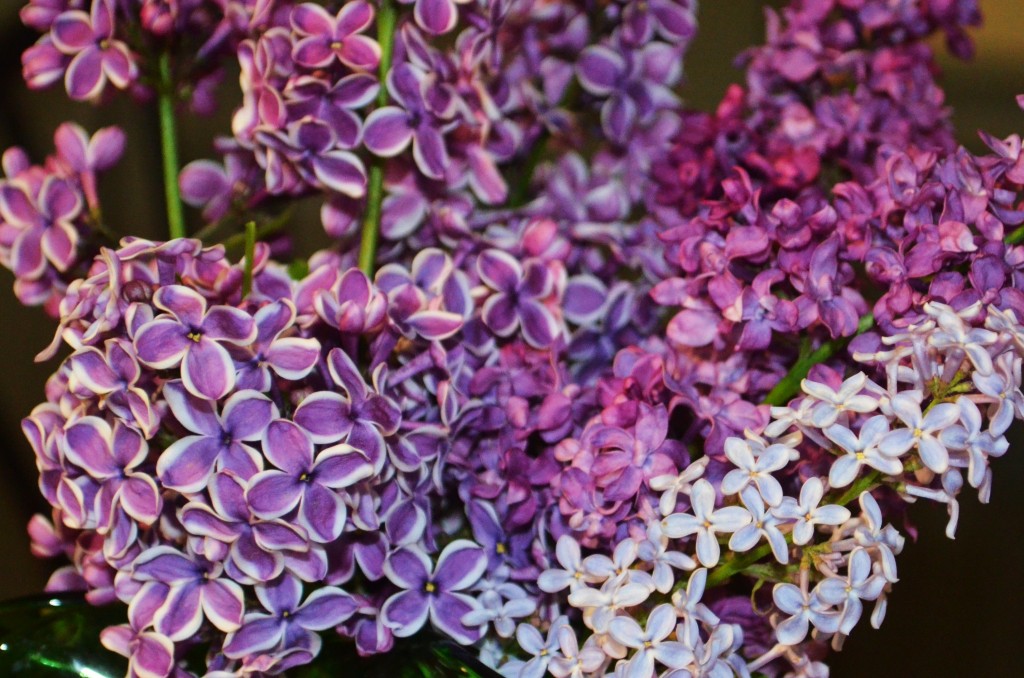
Sensation
Next in the show is the very compact lilac I use to hedge in the front garden called ‘Tinkerbelle’. It stays relatively short, maybe 3 or so feet and blooms with deep pink buds opening to paler pink highly fragrant flowers weeks after the common lilac. I just cut off the spent blooms this morning and this delightful shrub will send forth the odd bloom here and there throughout the rest of the summer.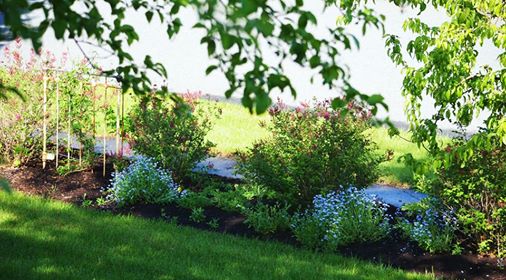
Another great re-bloomer is a newer introduction called ‘Bloomerang’. It looks very similar to the common lilac only grow a bit shorter topping out at 5 ft or so and blooms along with ‘Tinkerbelle’ then again in August and September.Lilacs in the late summer is a gift every gardener who can grow them should take advantage of!
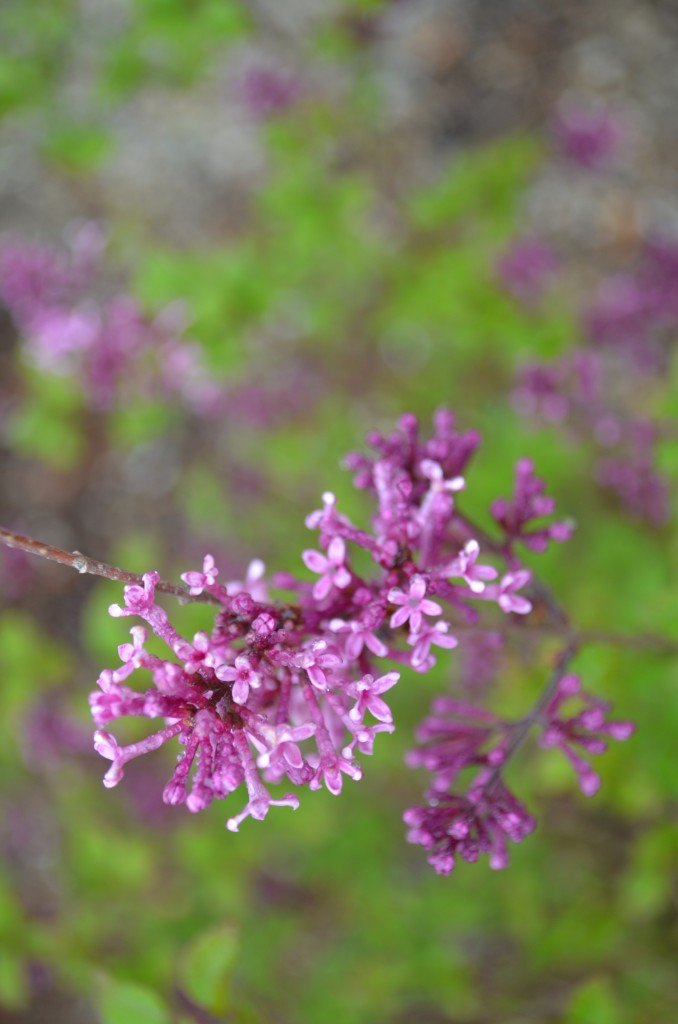
Bloomerang
After that begins the show of the beautiful syringa x prestoniae ‘Miss Canada’ a taller lilac ( 8-10 ft) that is covered in rosy pink buds and pink flowers.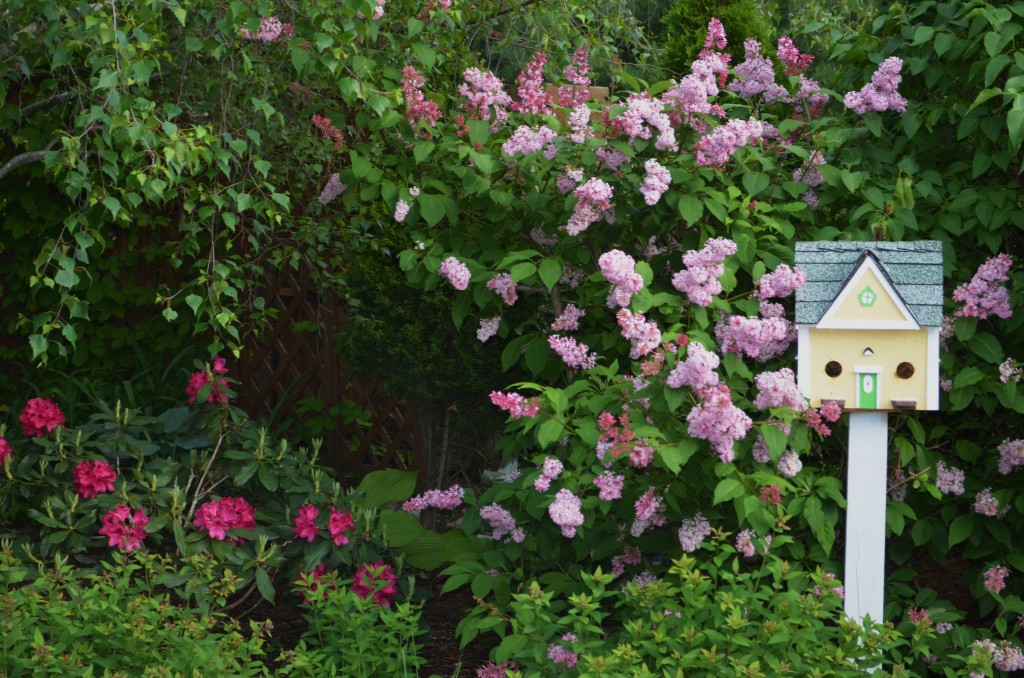
Right next to it grows two more later bloomers ,’Donald Wyman’ and ‘Miss Kim ( syringa pubescens supspc. patula..…I told you there could be more names!) ‘Miss Kim’ has the added benefit of beautiful foliage color in the fall when it turns a deep reddish-burgandy.
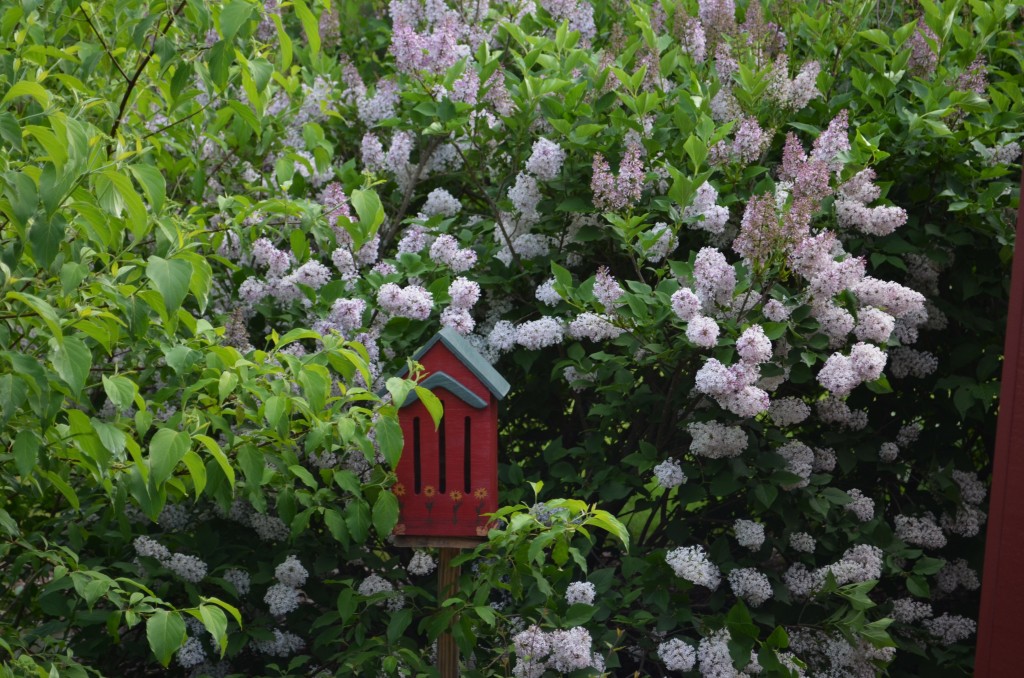
Donald Wyman
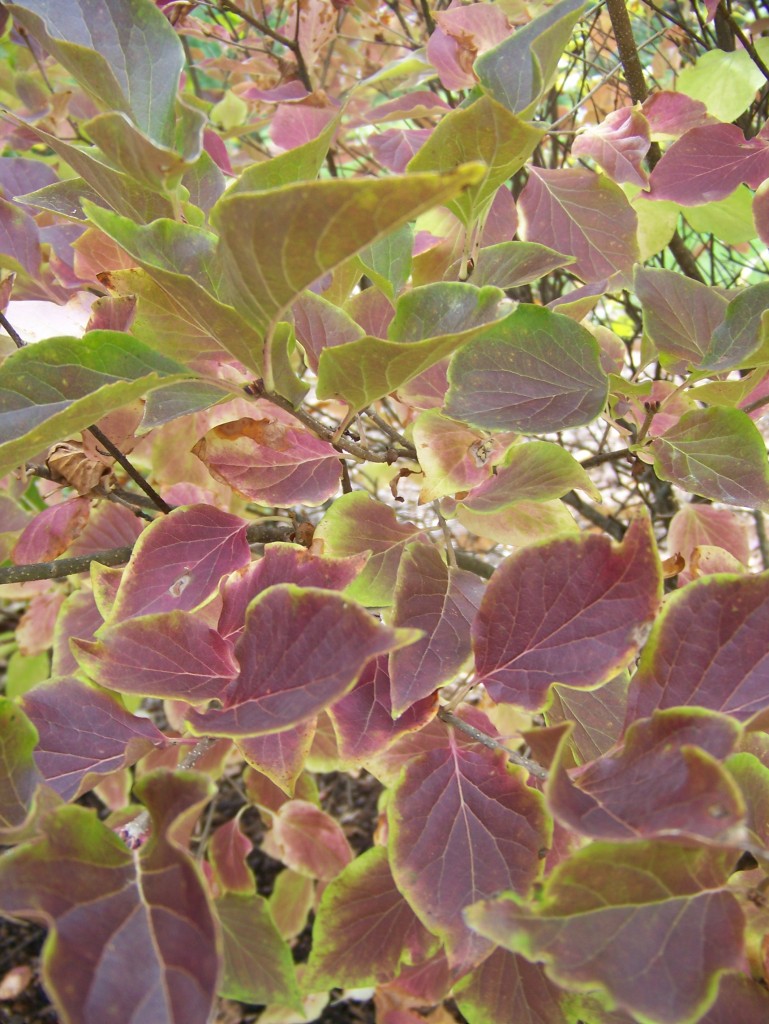
Miss Kim in Fall
.
.
.
.
.
.
This long row of lilacs is frequented by many butterflies who enjoy the nectar they provide, and because they bloom later in the season these lilacs are available to many more butterflies than the earlier bloomers who may be out when the butterflies are not.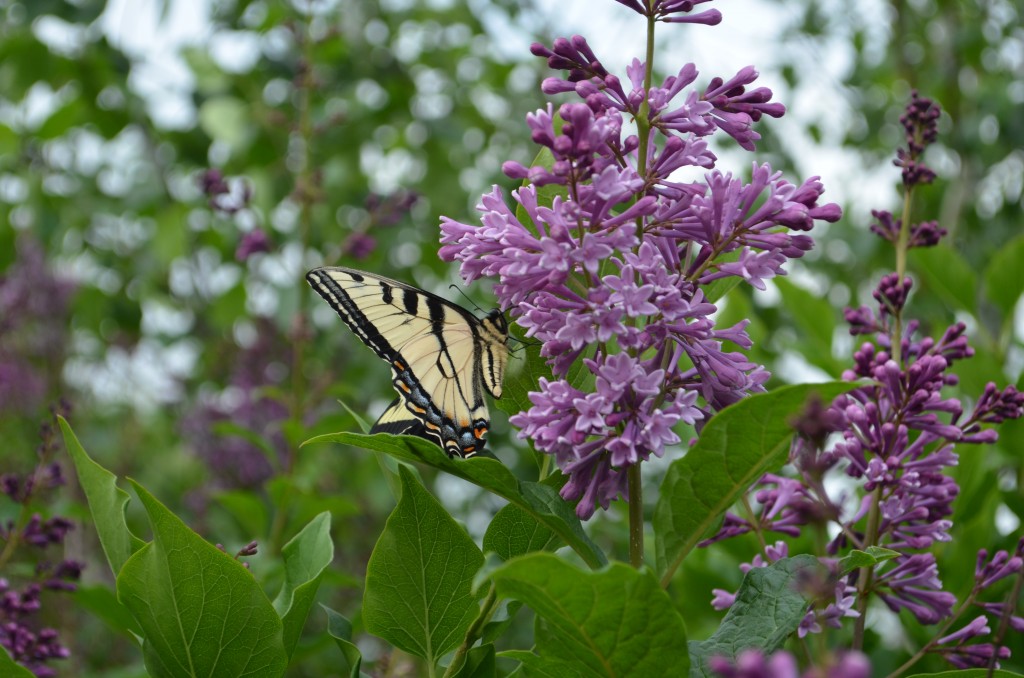
By the way, Lilacs are also a caterpillar host plant for our Eastern Swallowtail butterfly… in the interest of biodiversity I plant a number of host plants for Lepidopteran species, and was ever so pleased to find out a few years ago that the genus syringa is a host plant to over 20 of them.
So there you go, a little min- lesson in choosing plants for your garden. Remember all plants that share a genus name are not alike, and if you explore those differences when planning what you will grow your garden will be all the better for it.
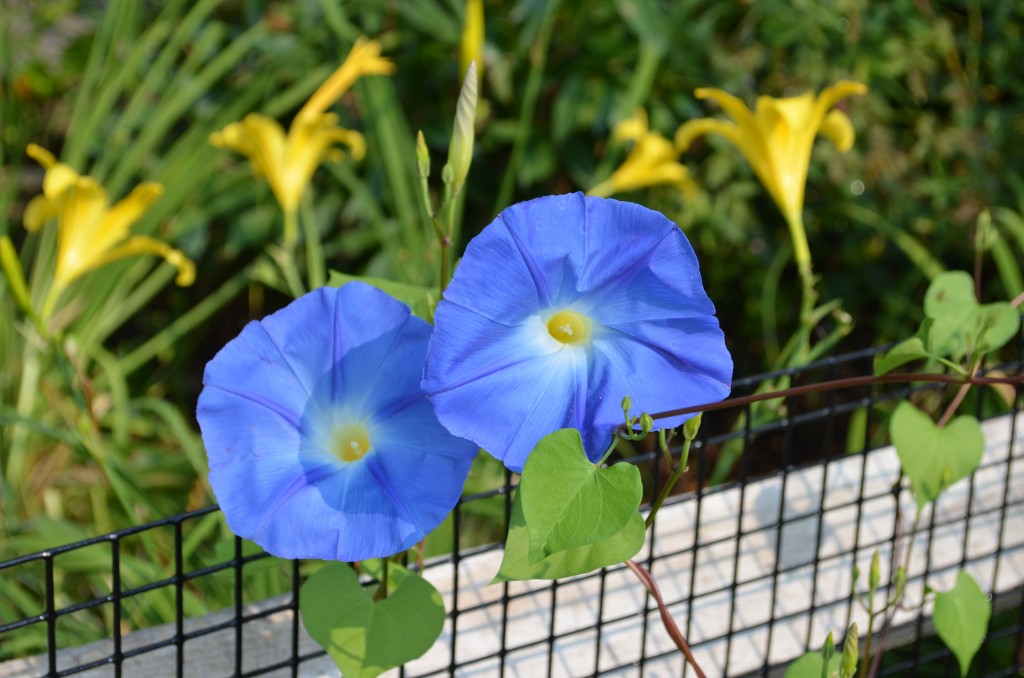
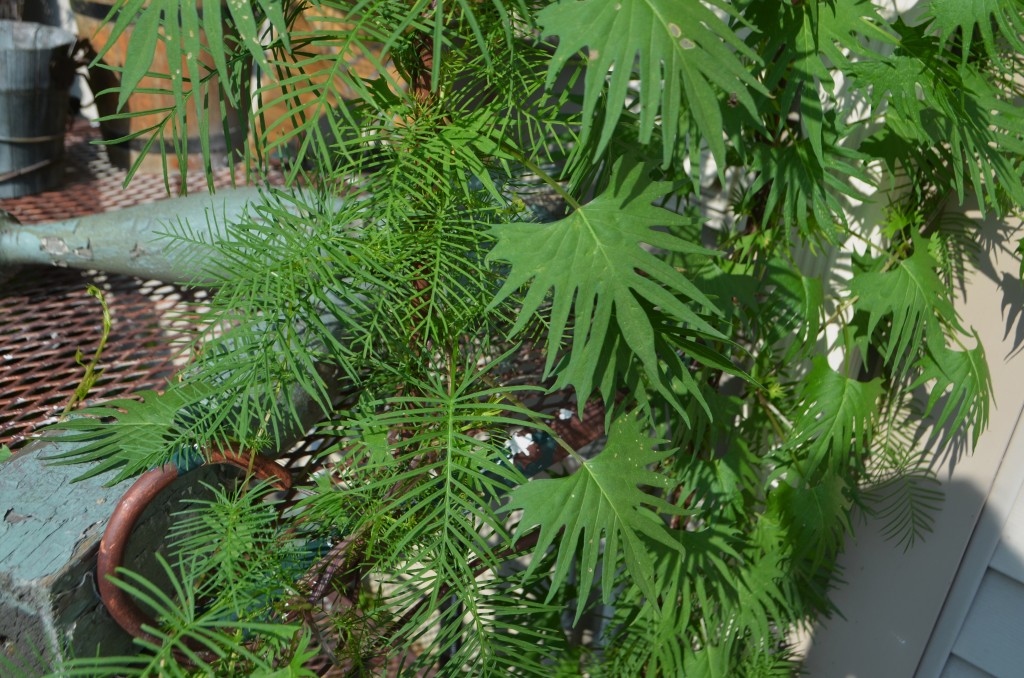
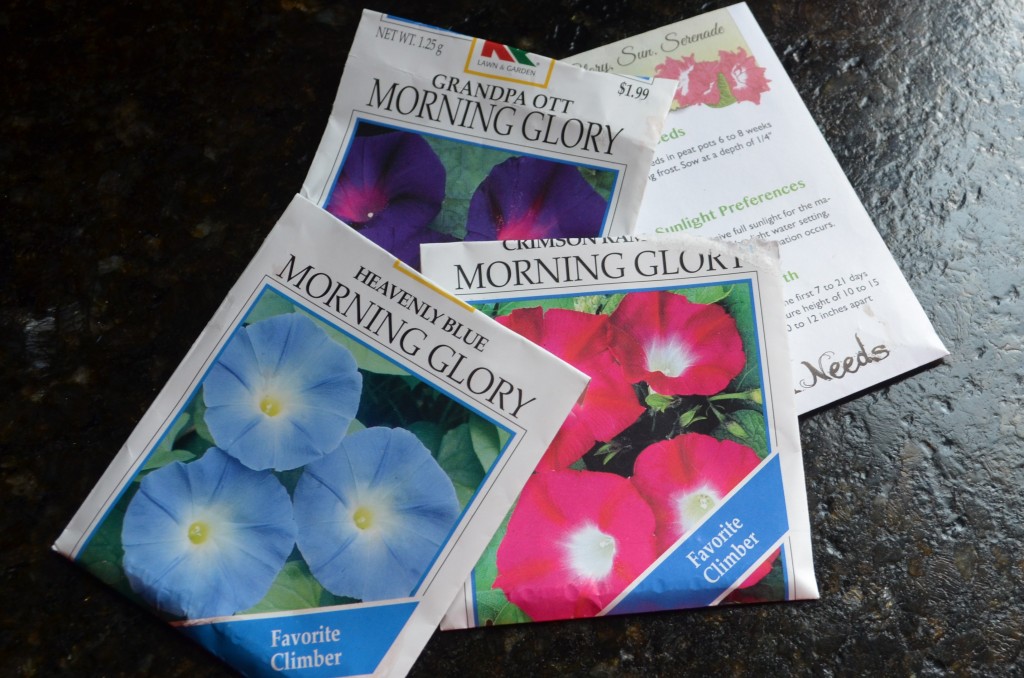
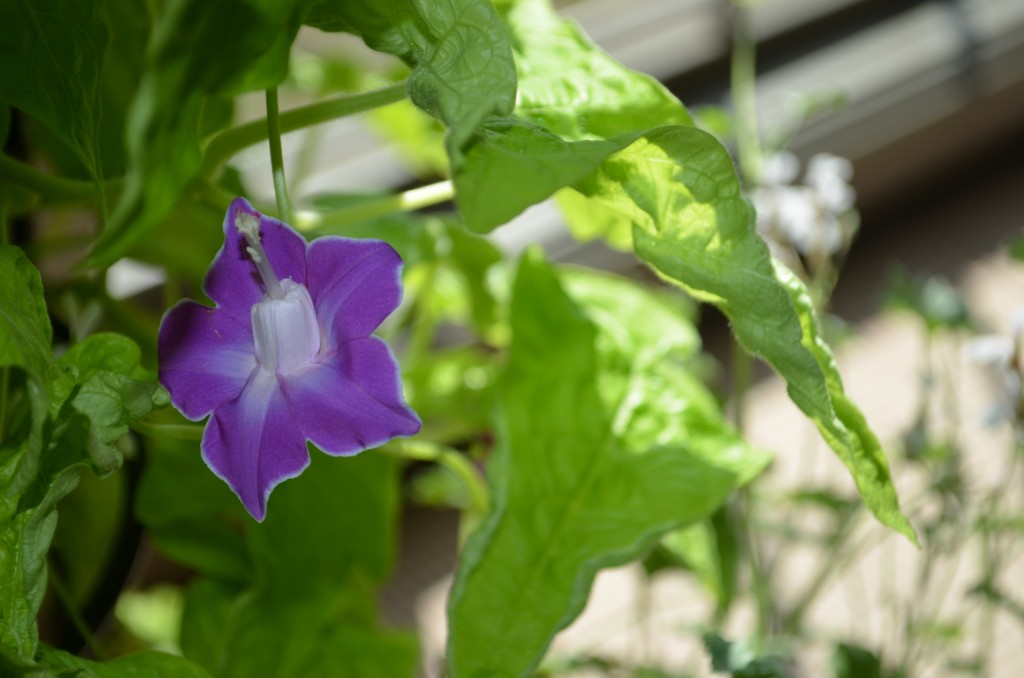
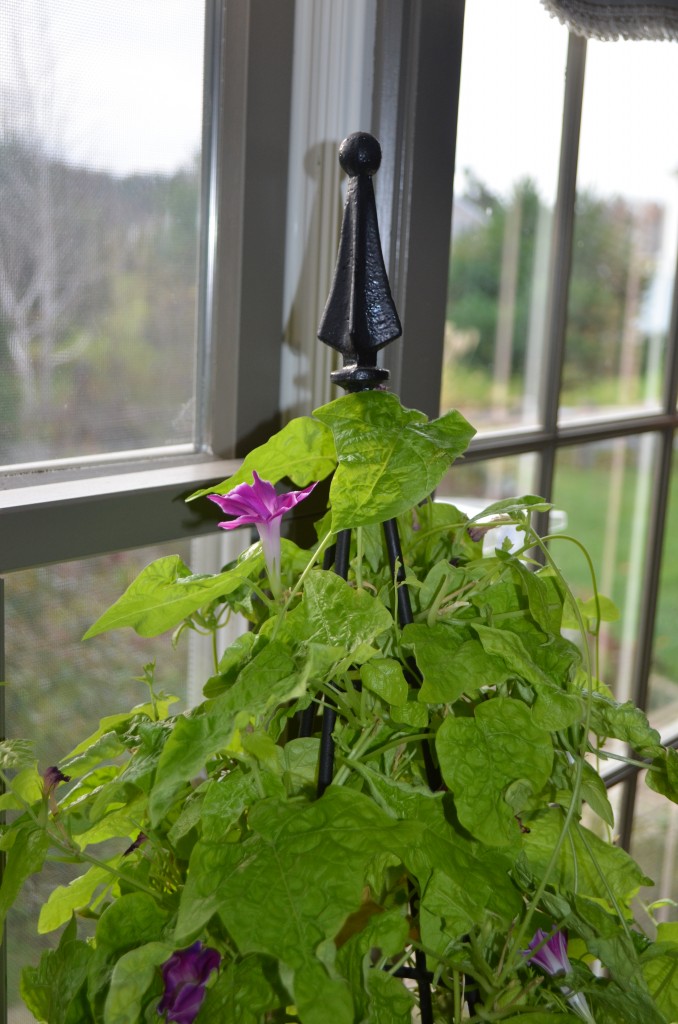
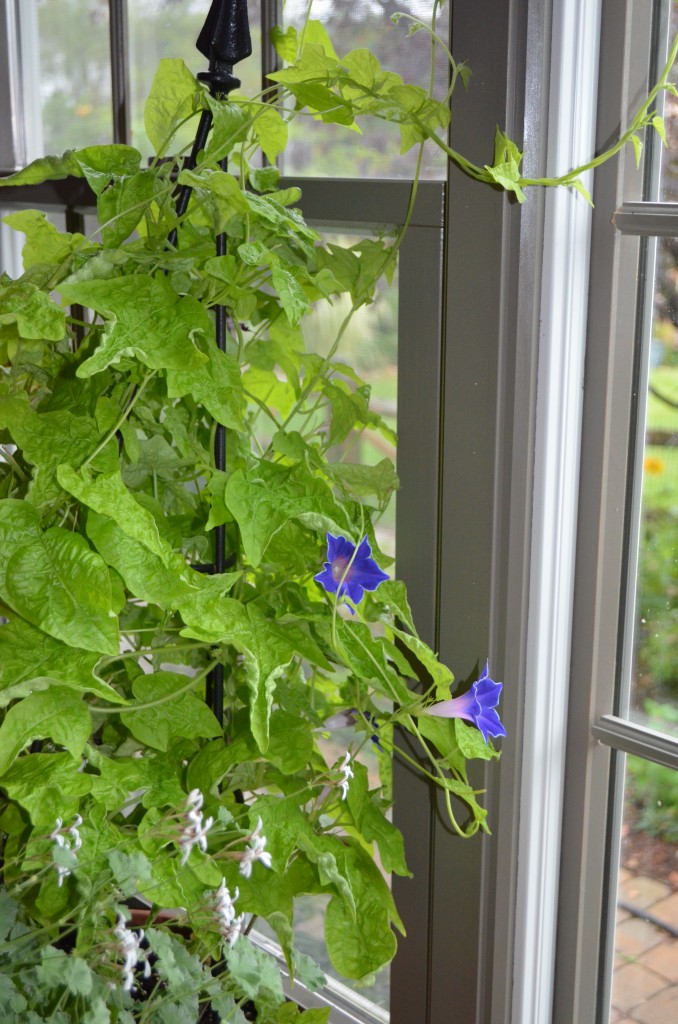
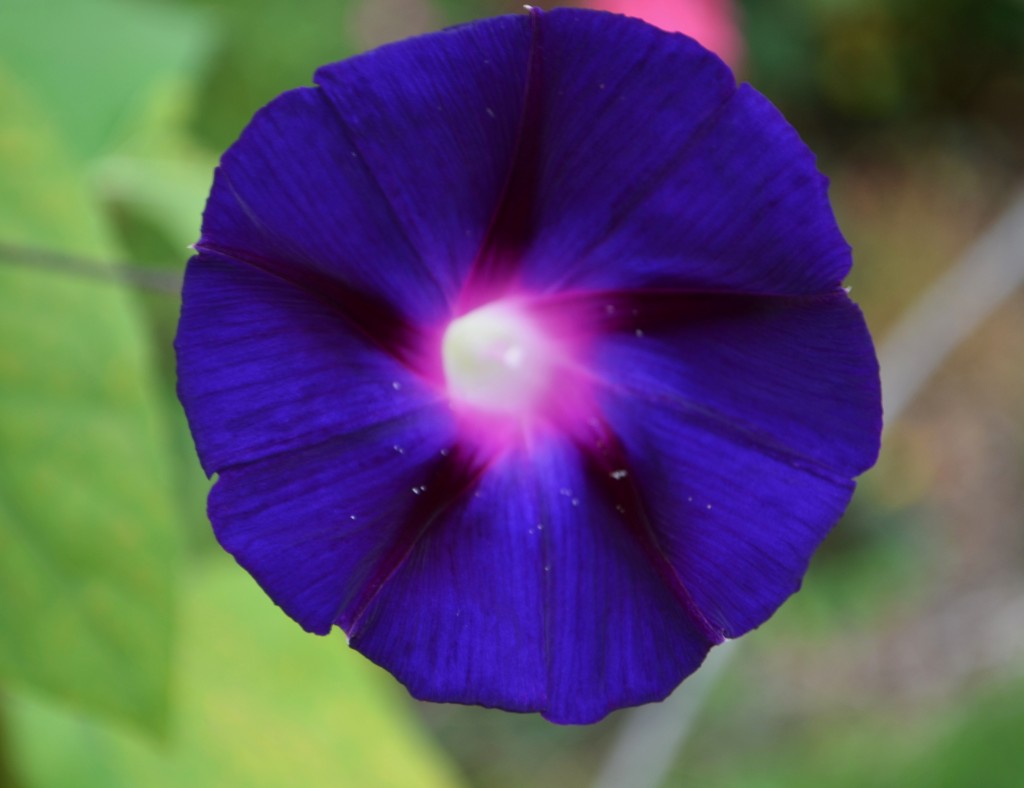 and a new one for me called Sunrise Serenade which has a very unique flower form in smashing ruby red. Fingers crossed for this one to bloom like mad.
and a new one for me called Sunrise Serenade which has a very unique flower form in smashing ruby red. Fingers crossed for this one to bloom like mad.